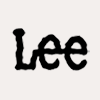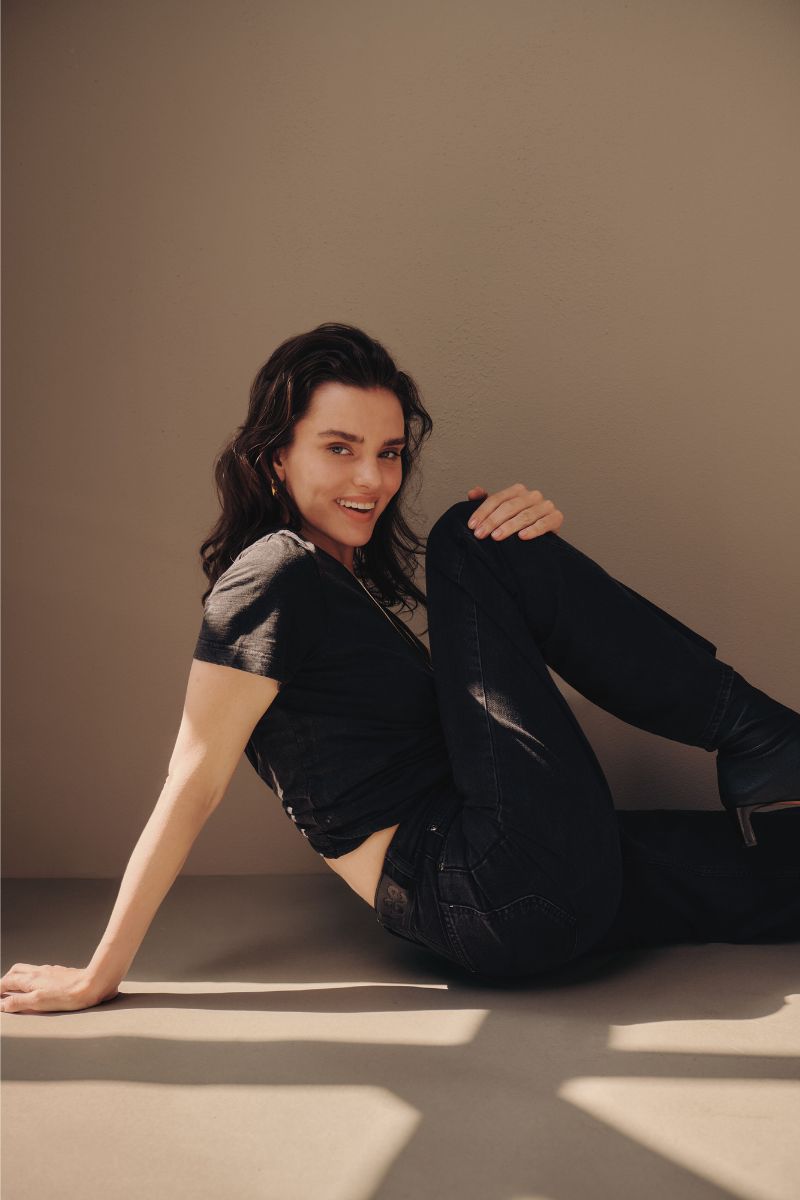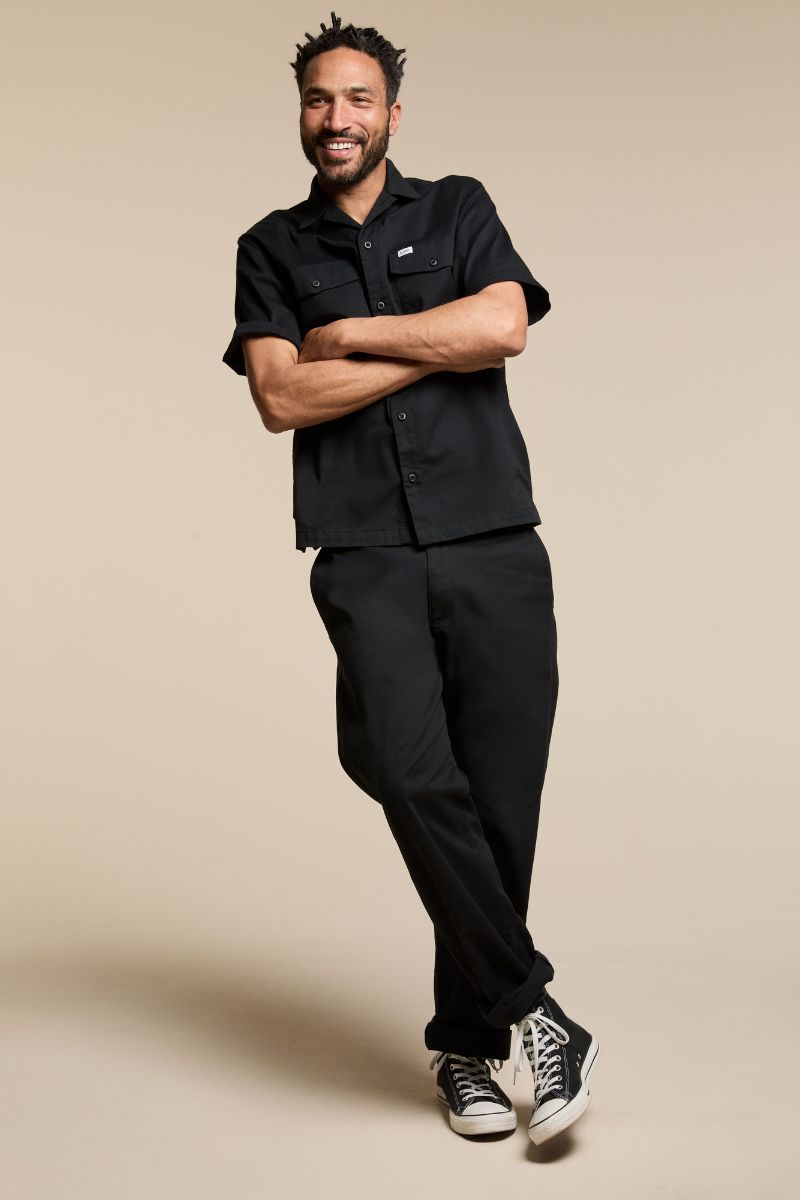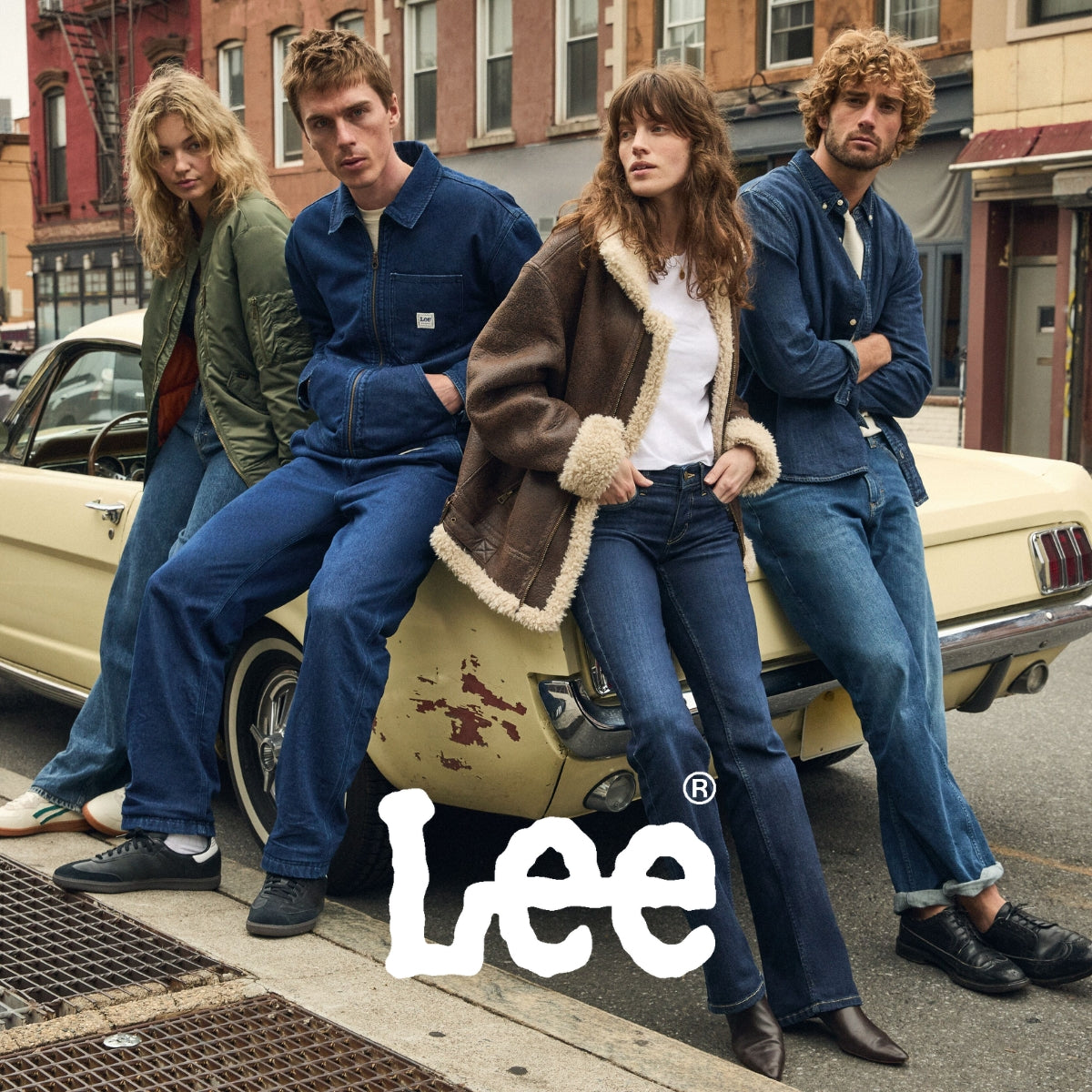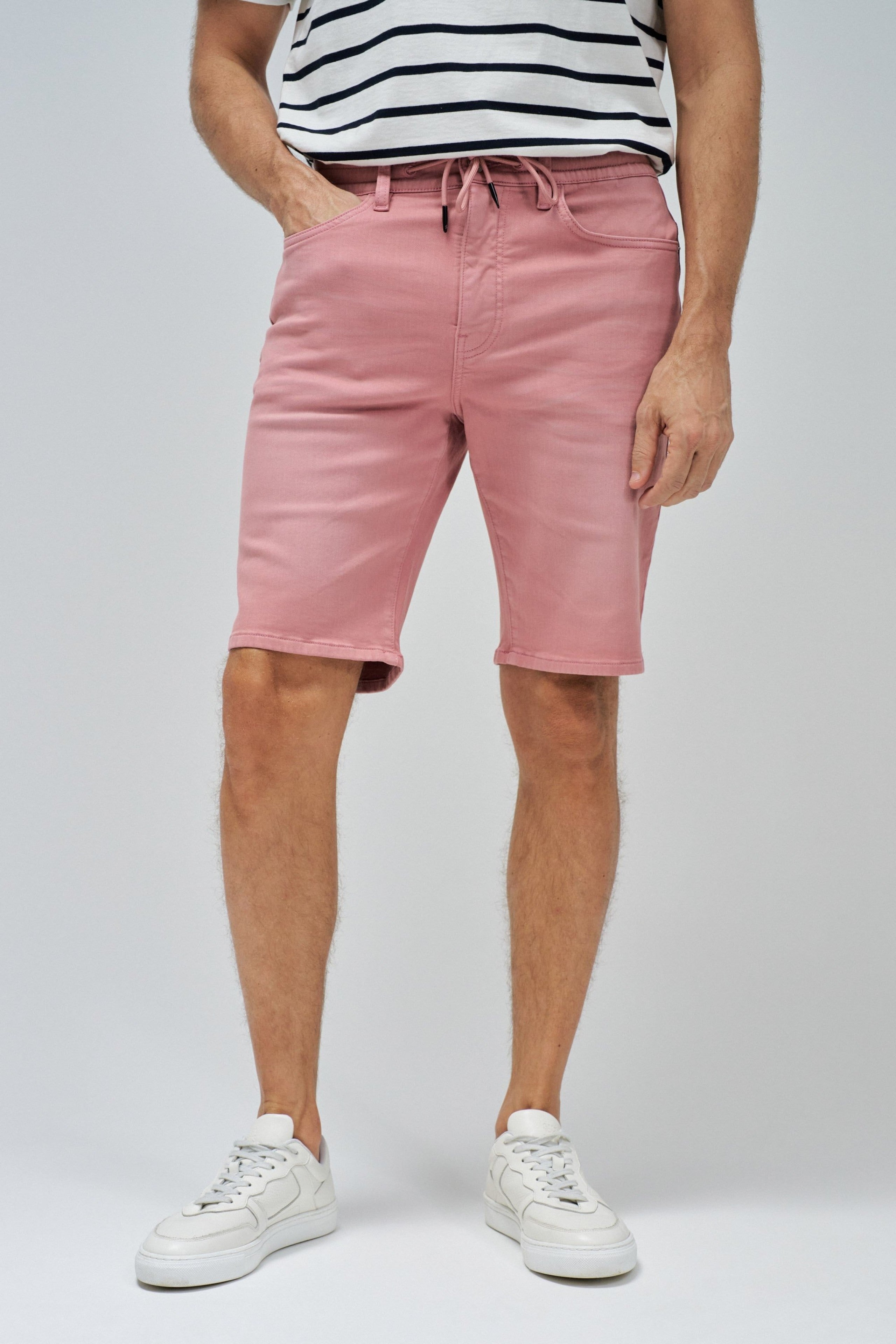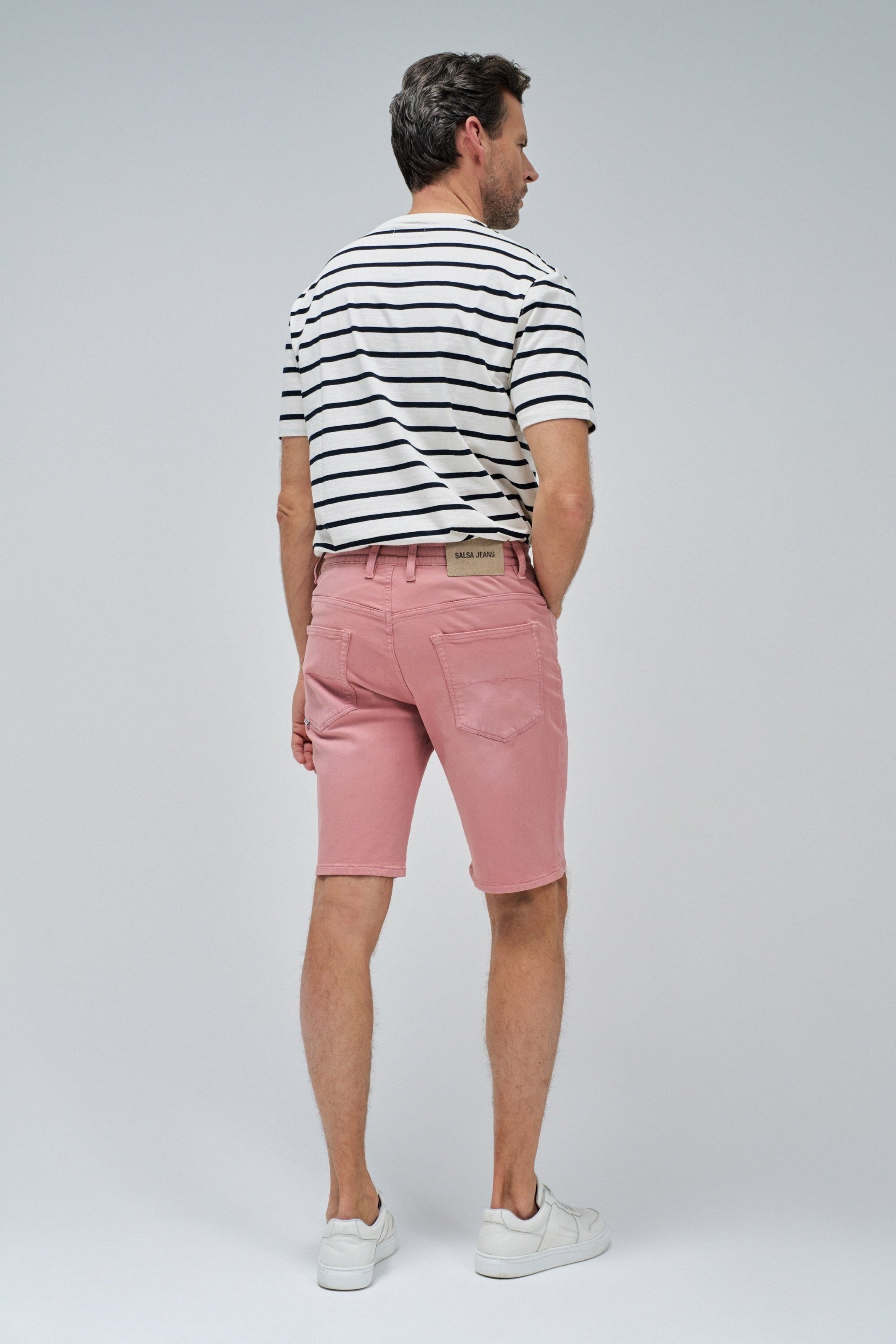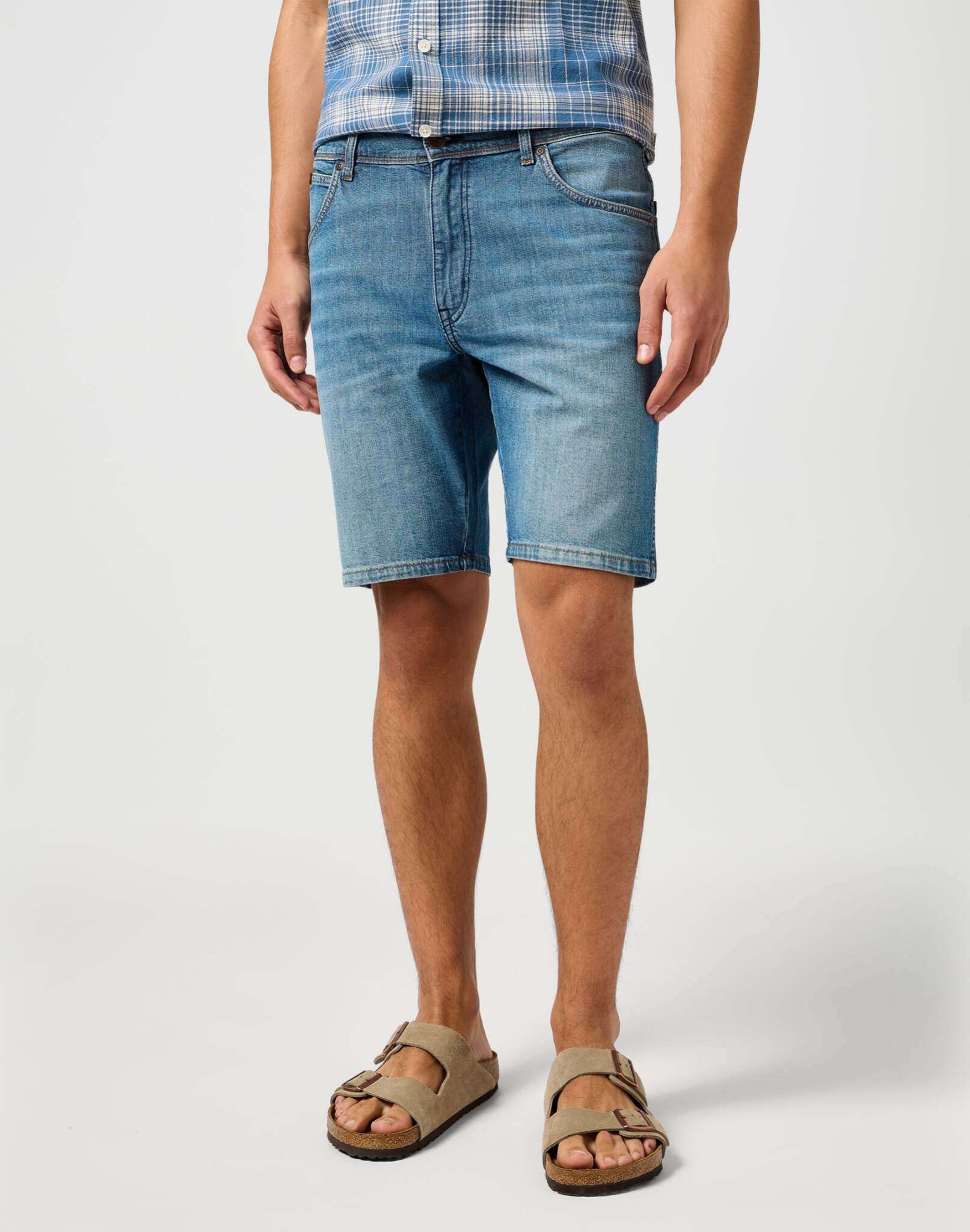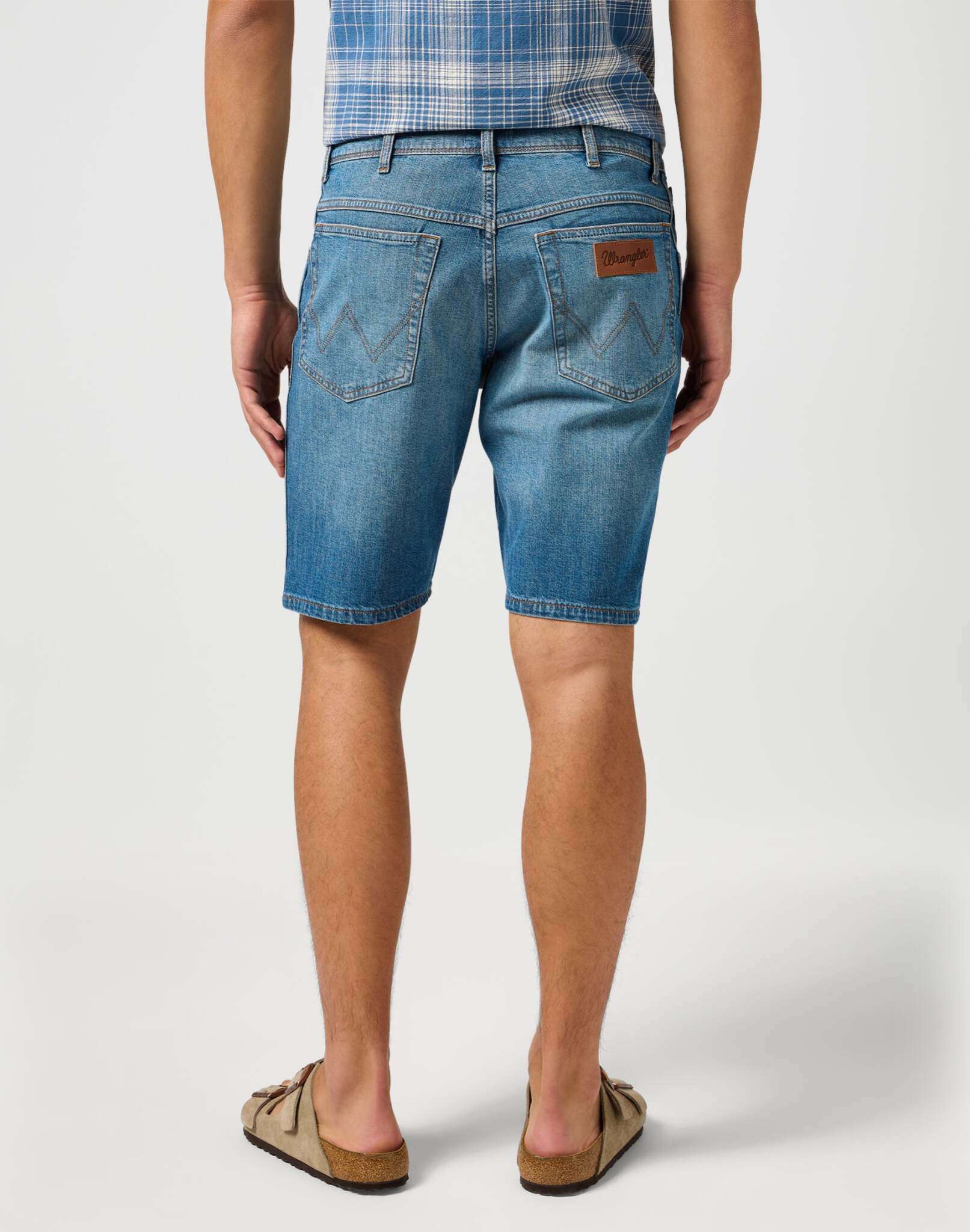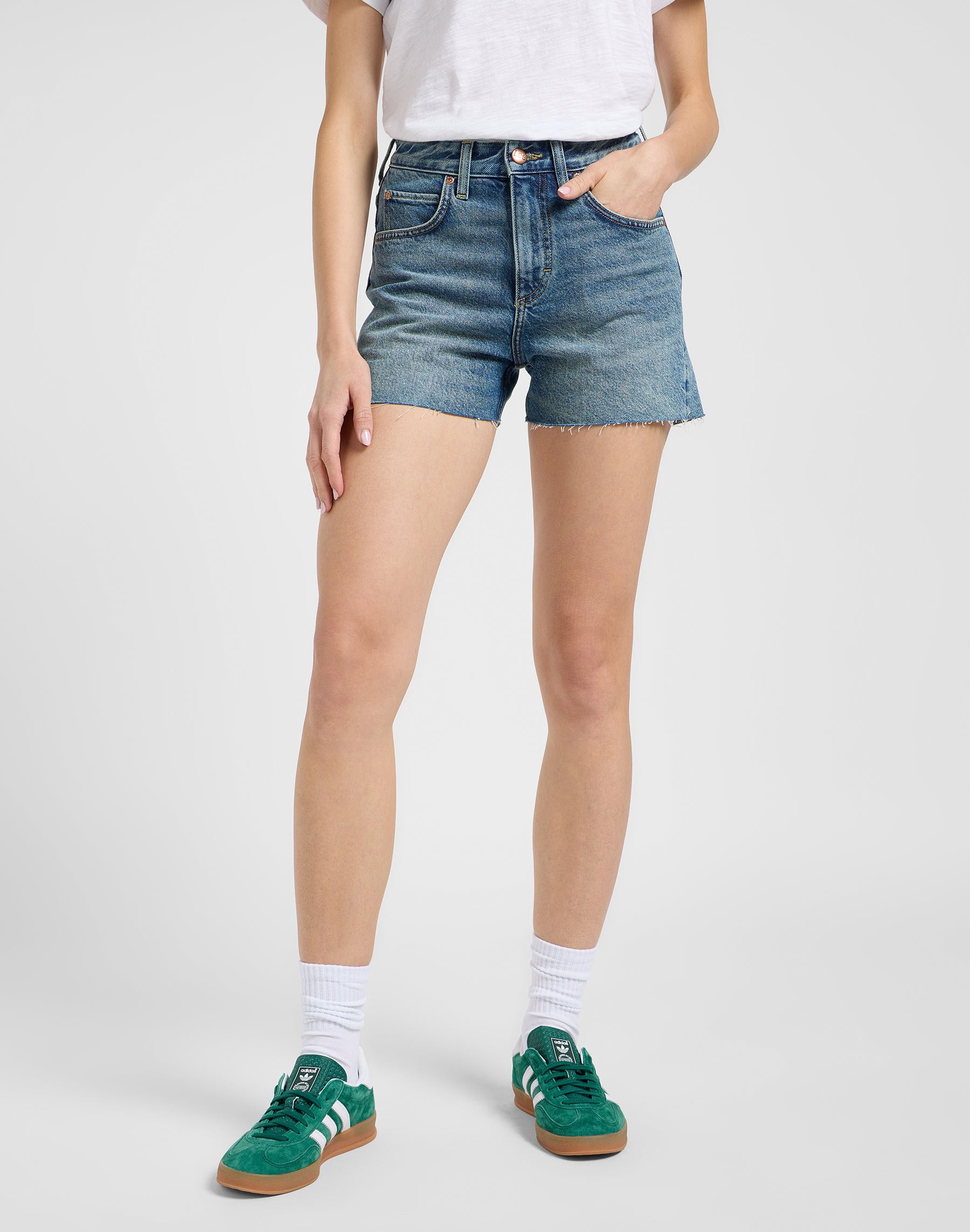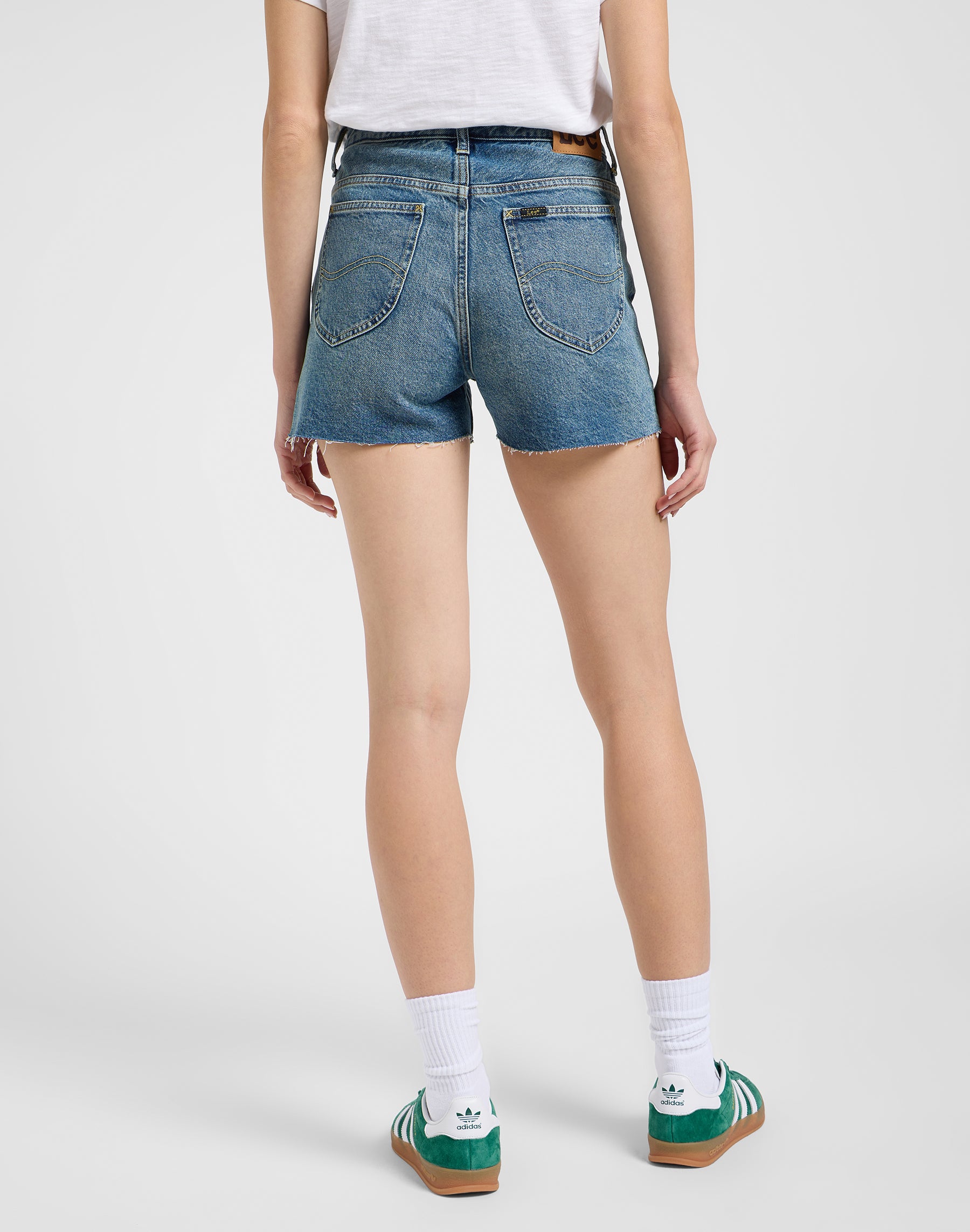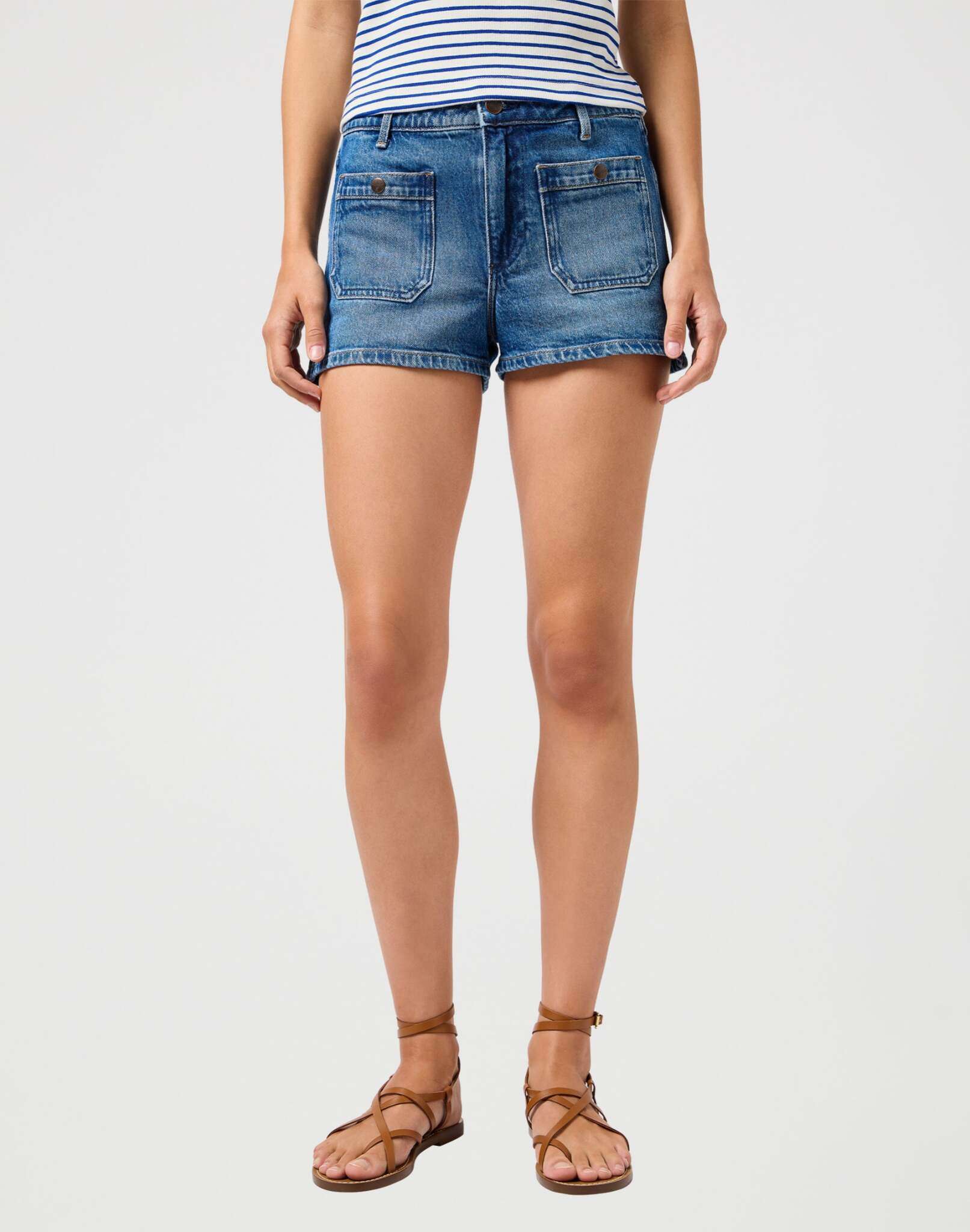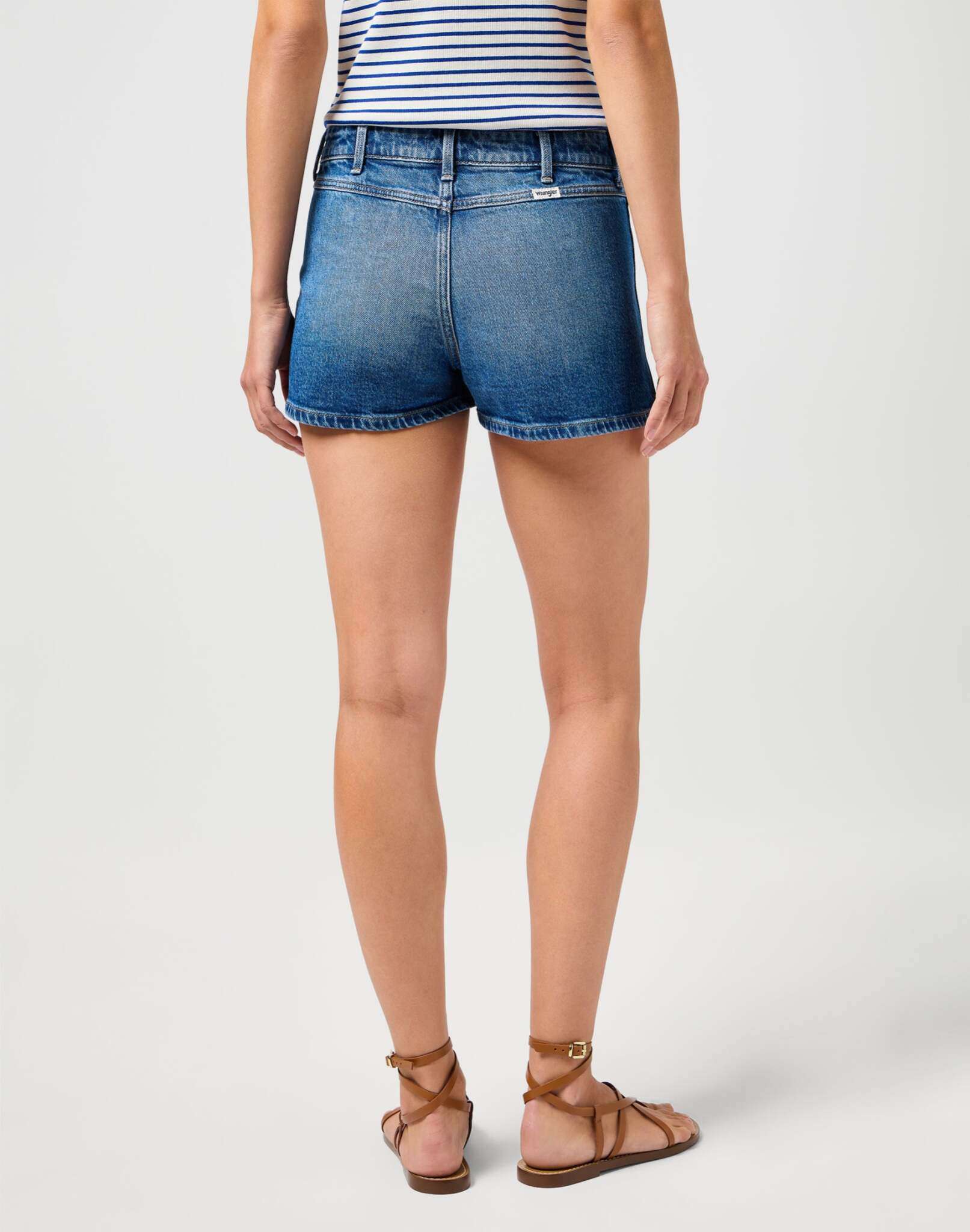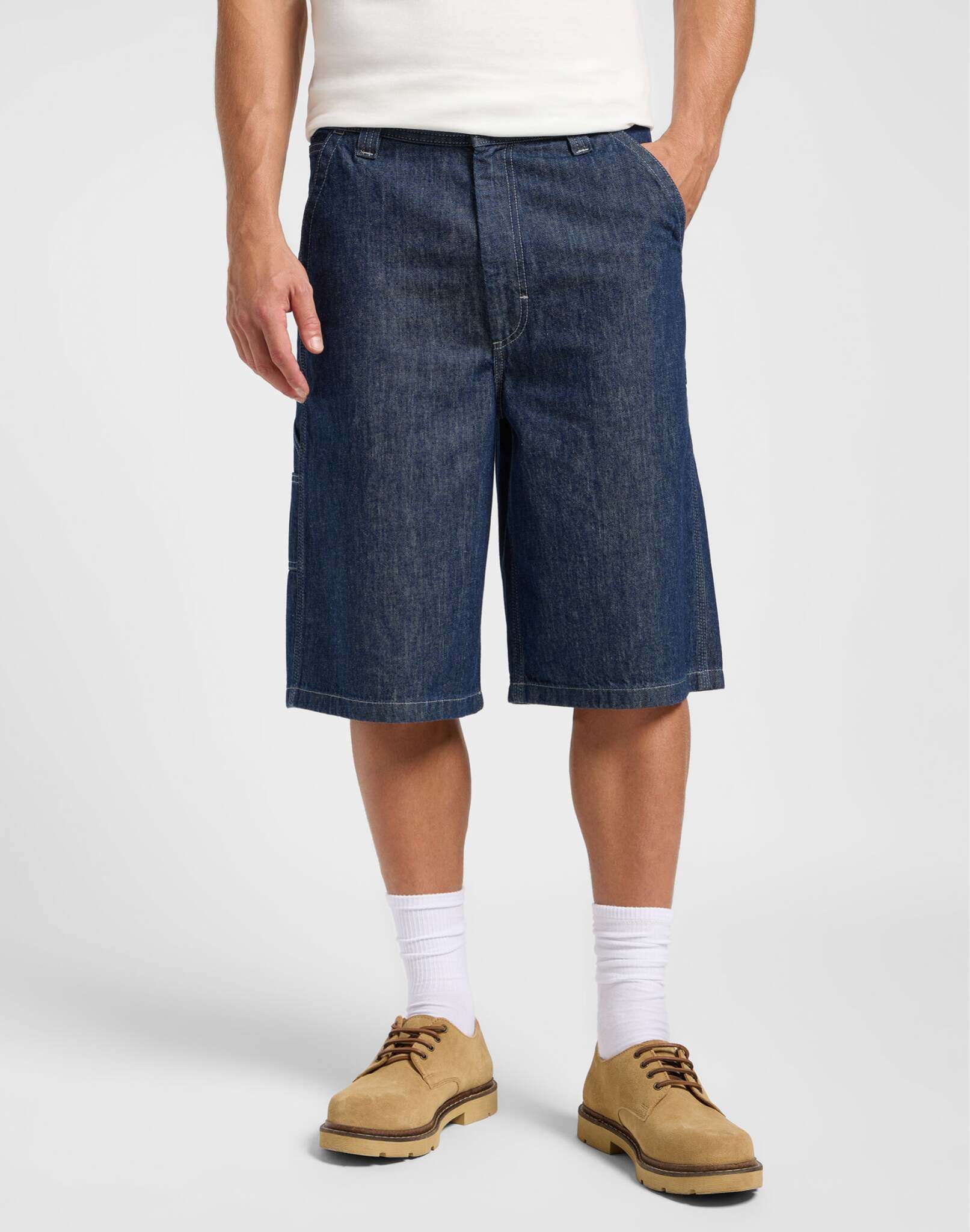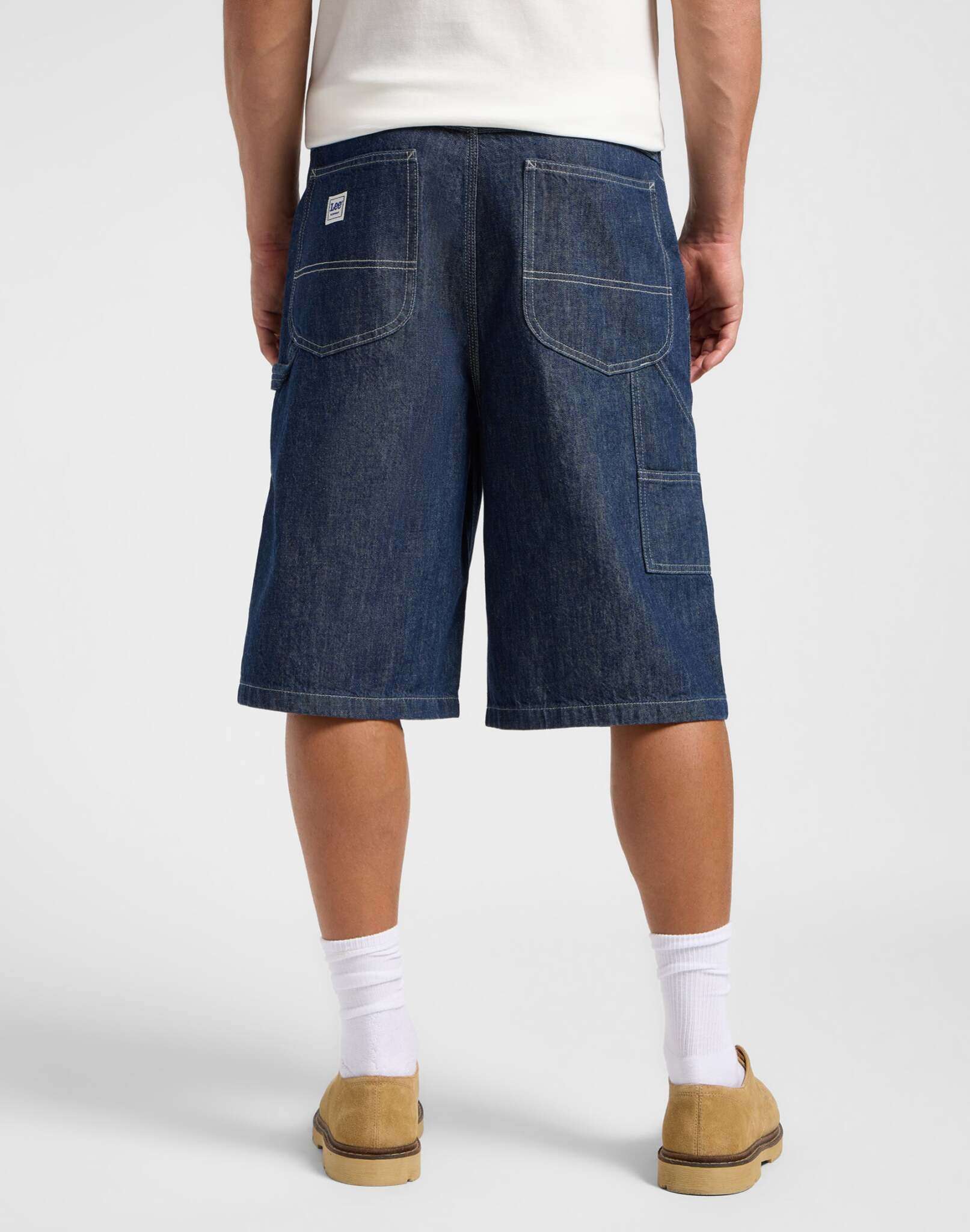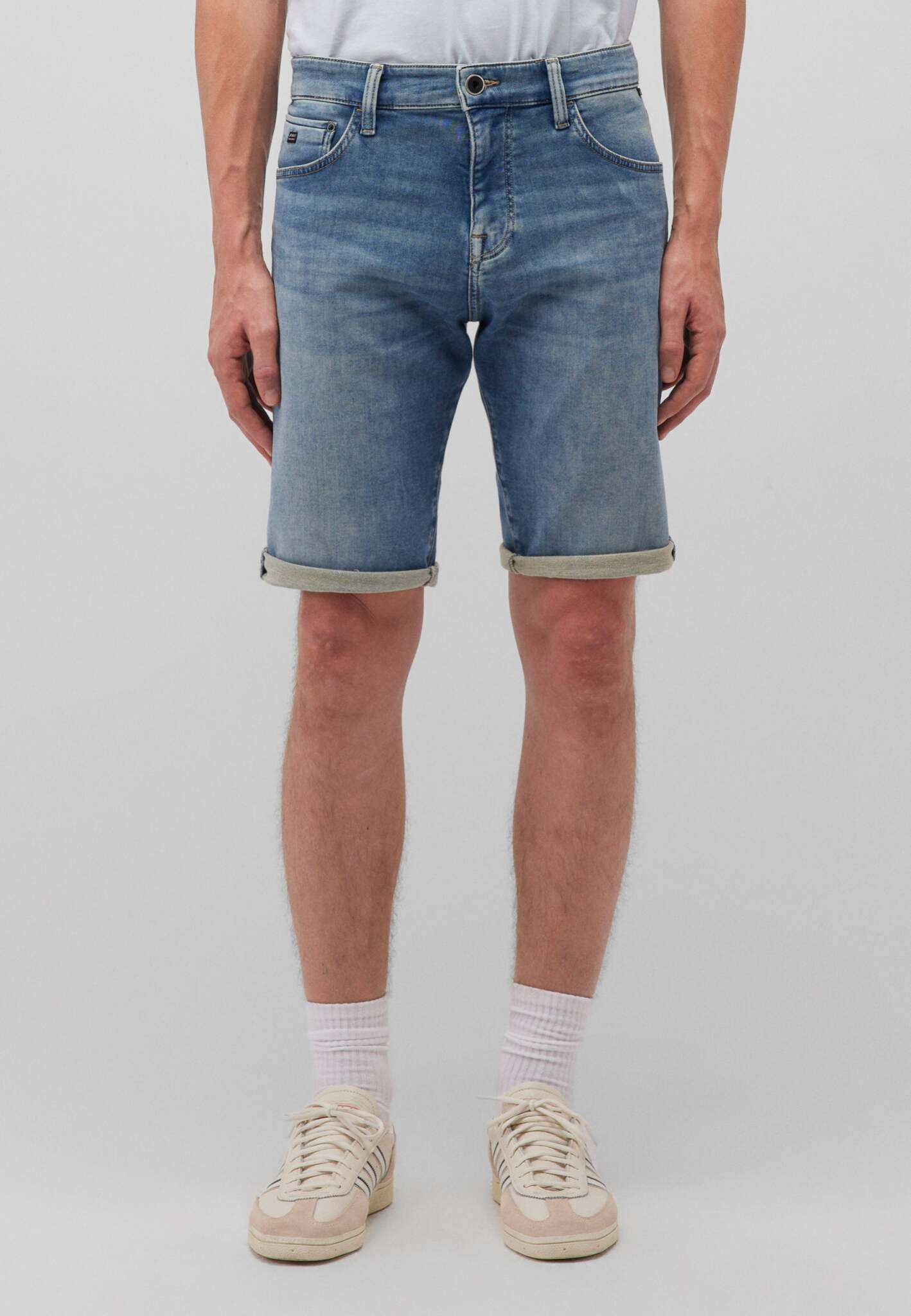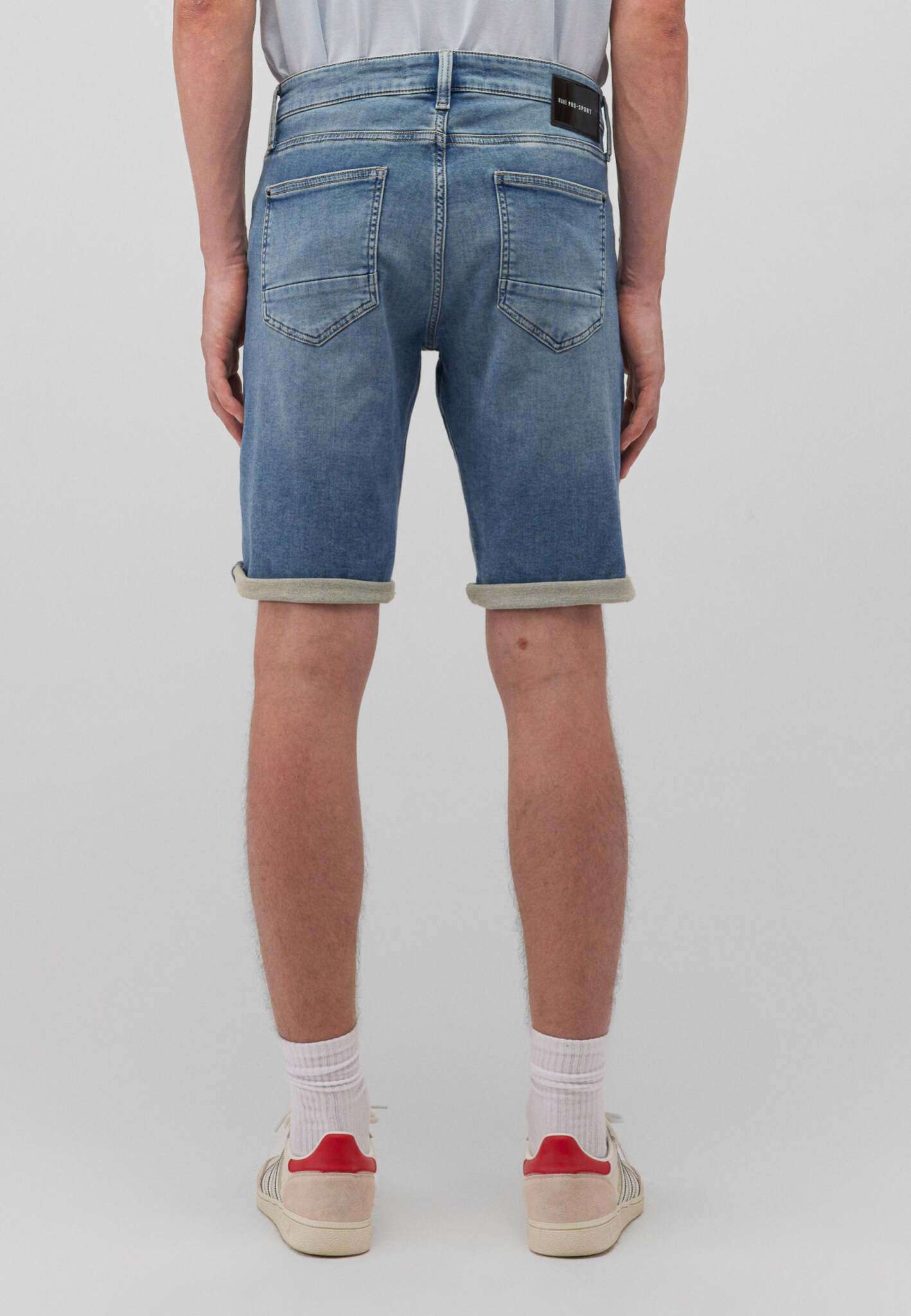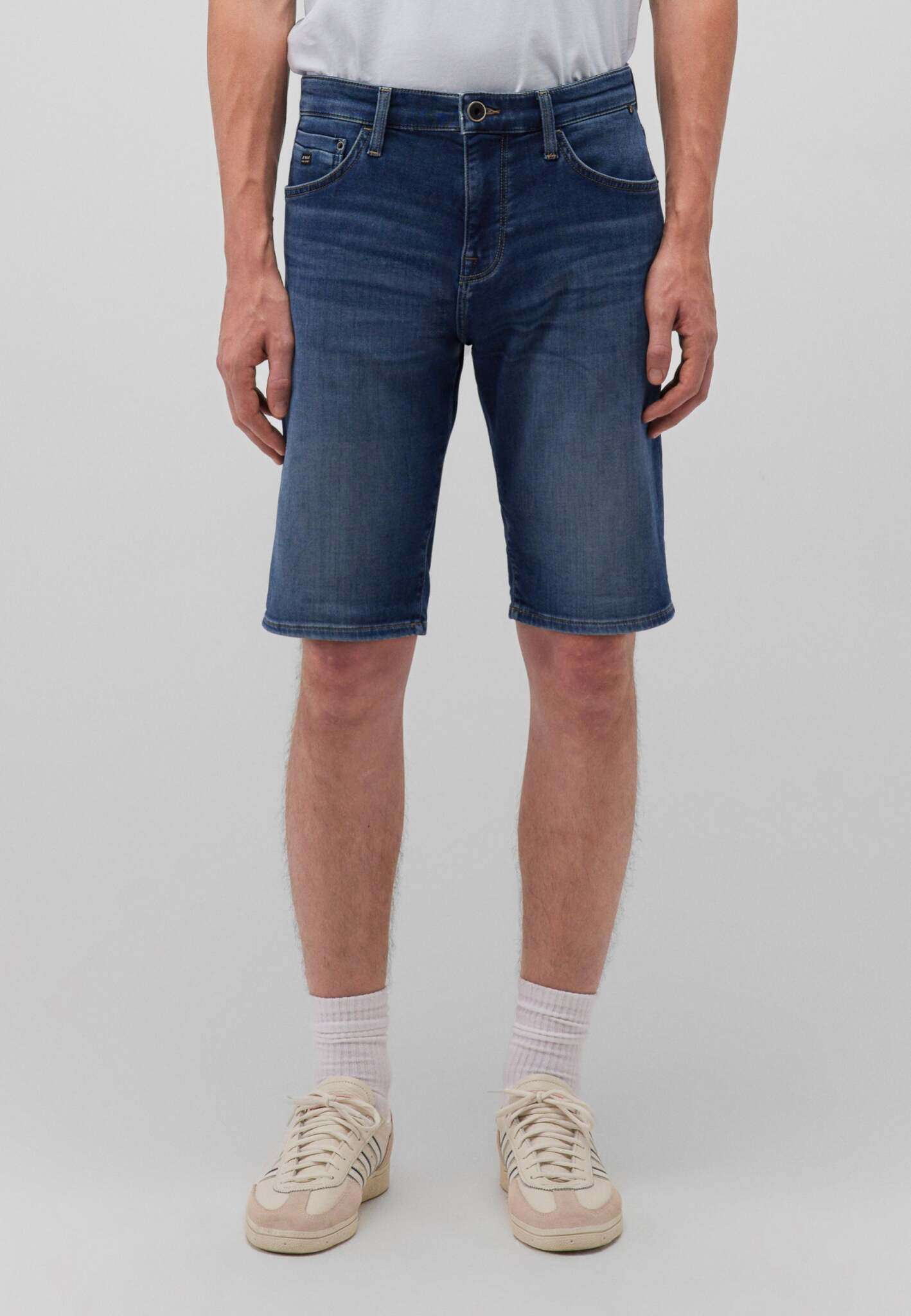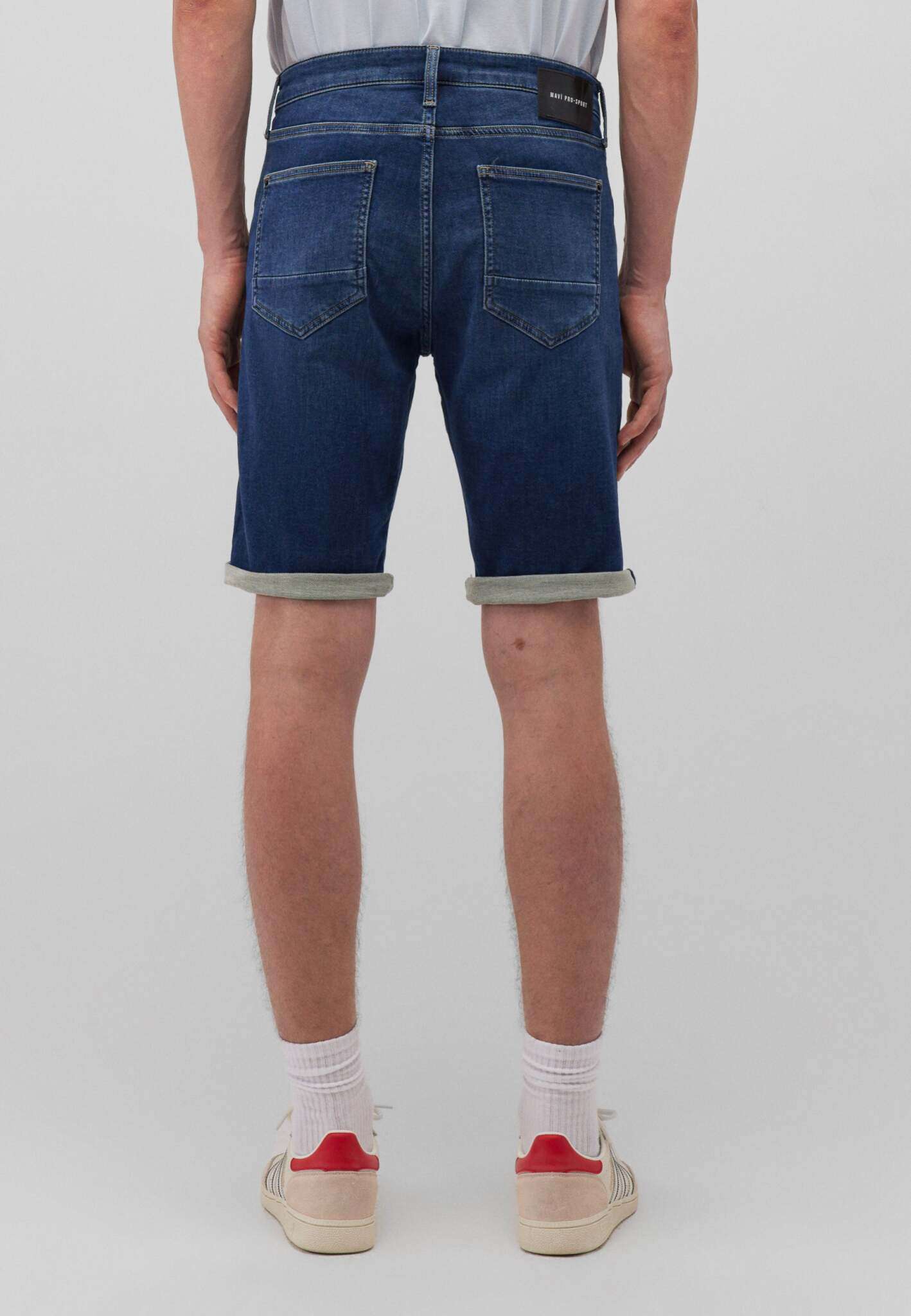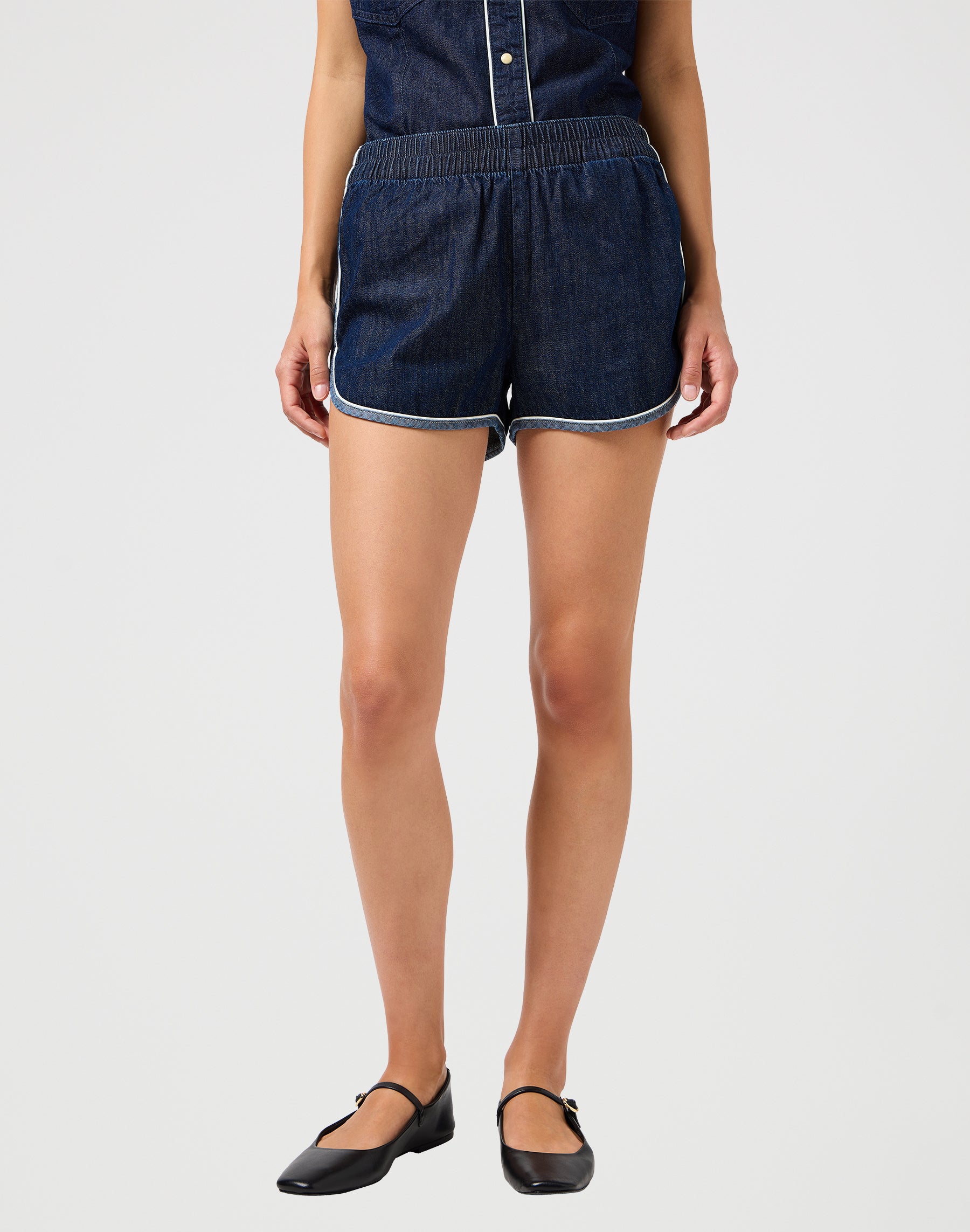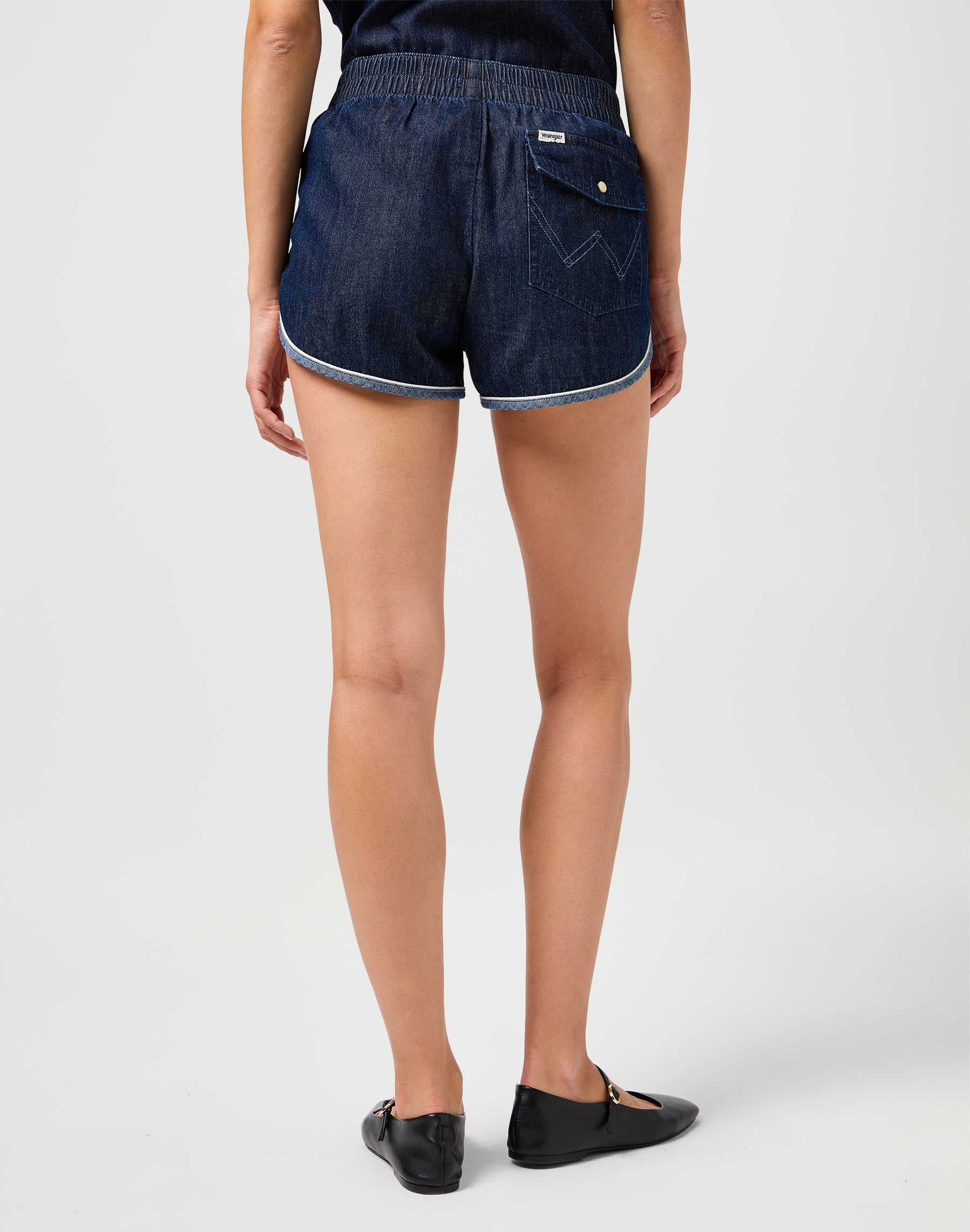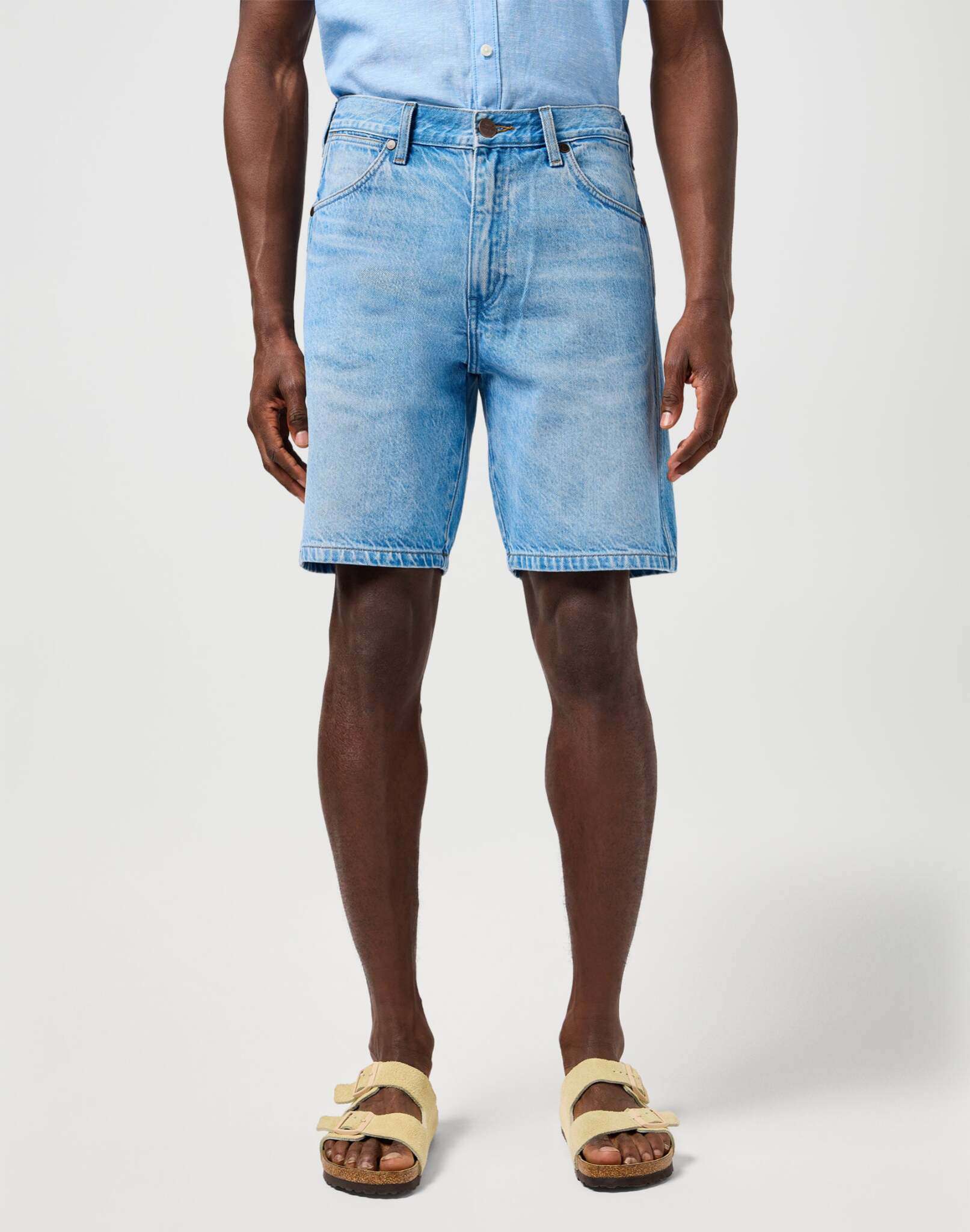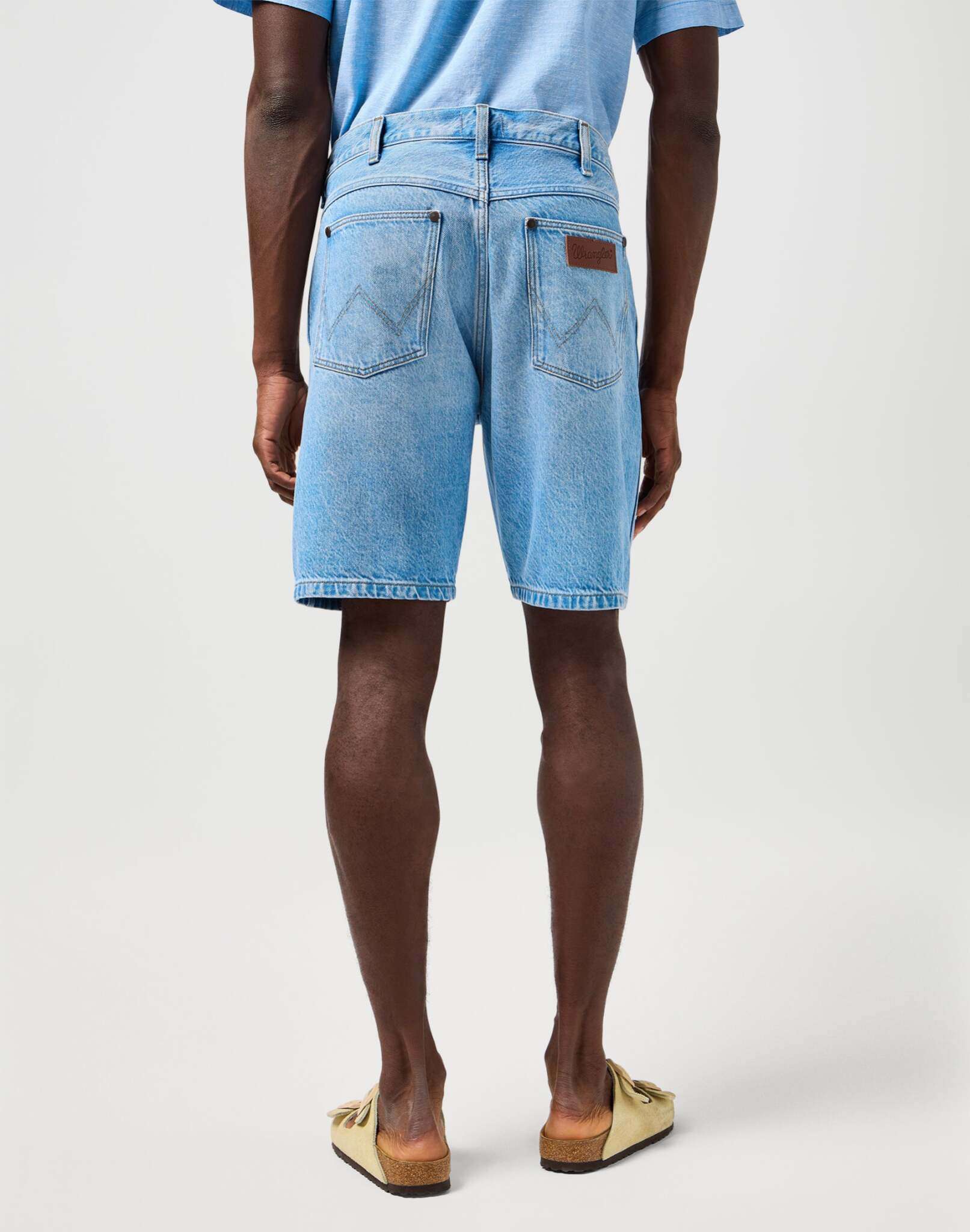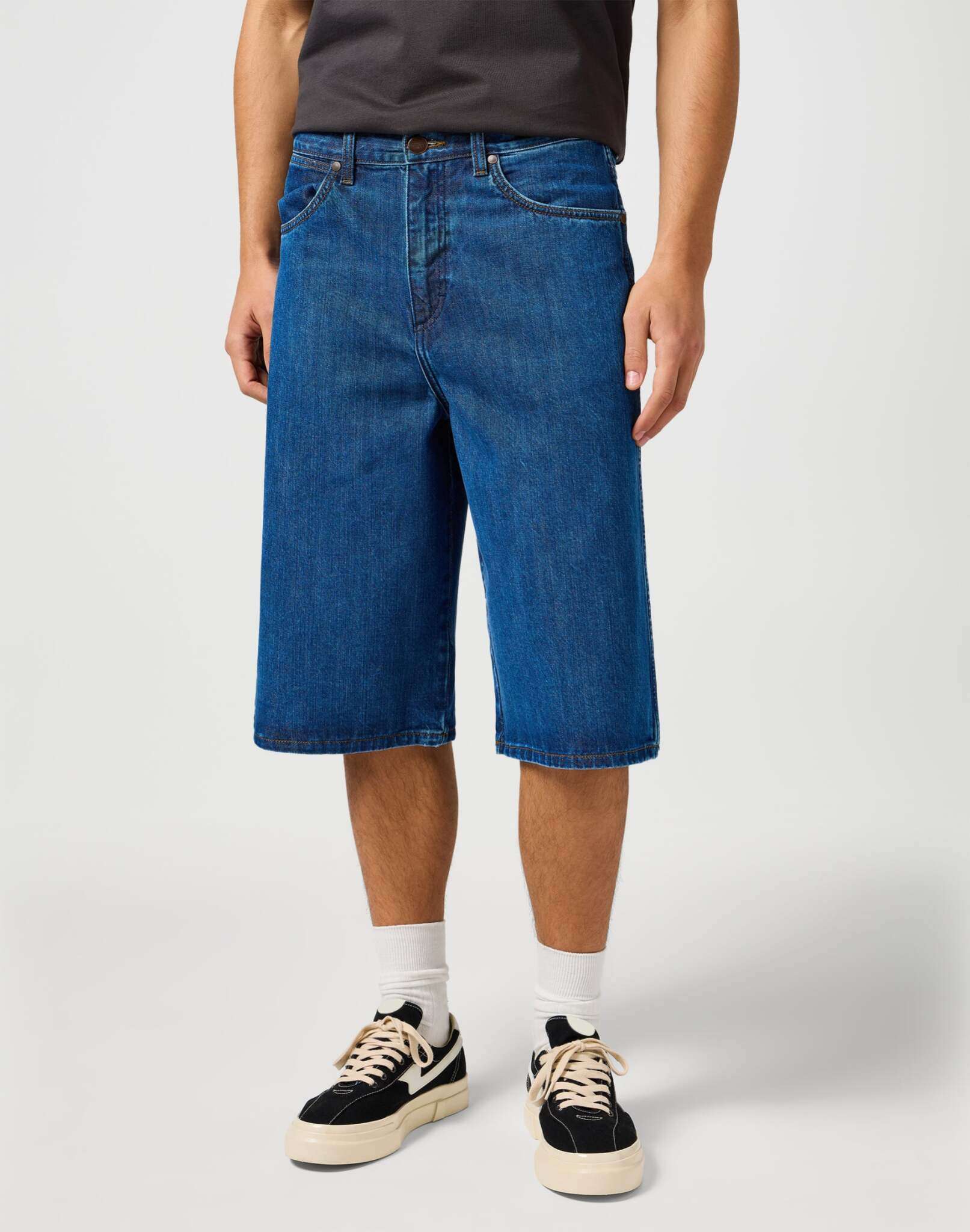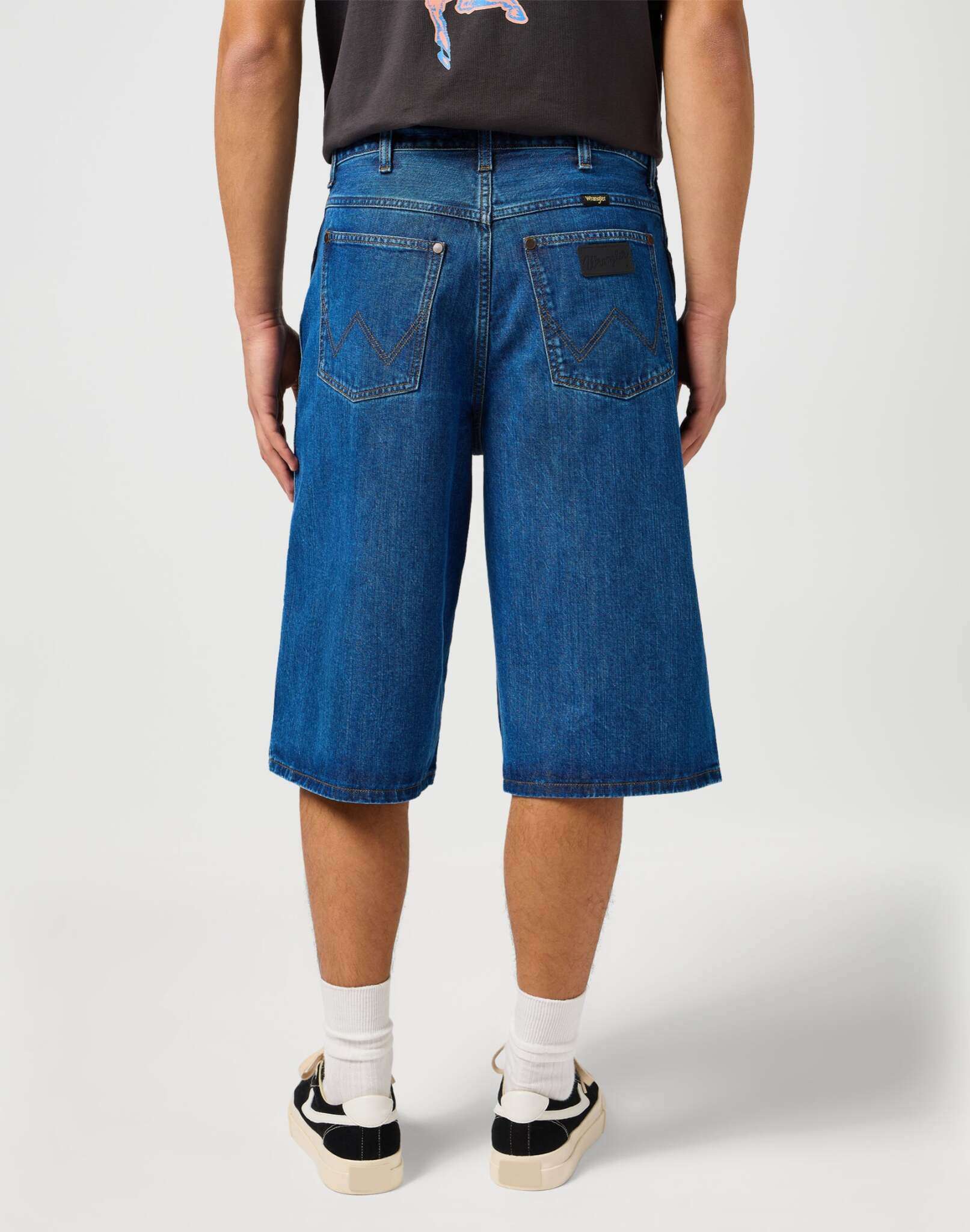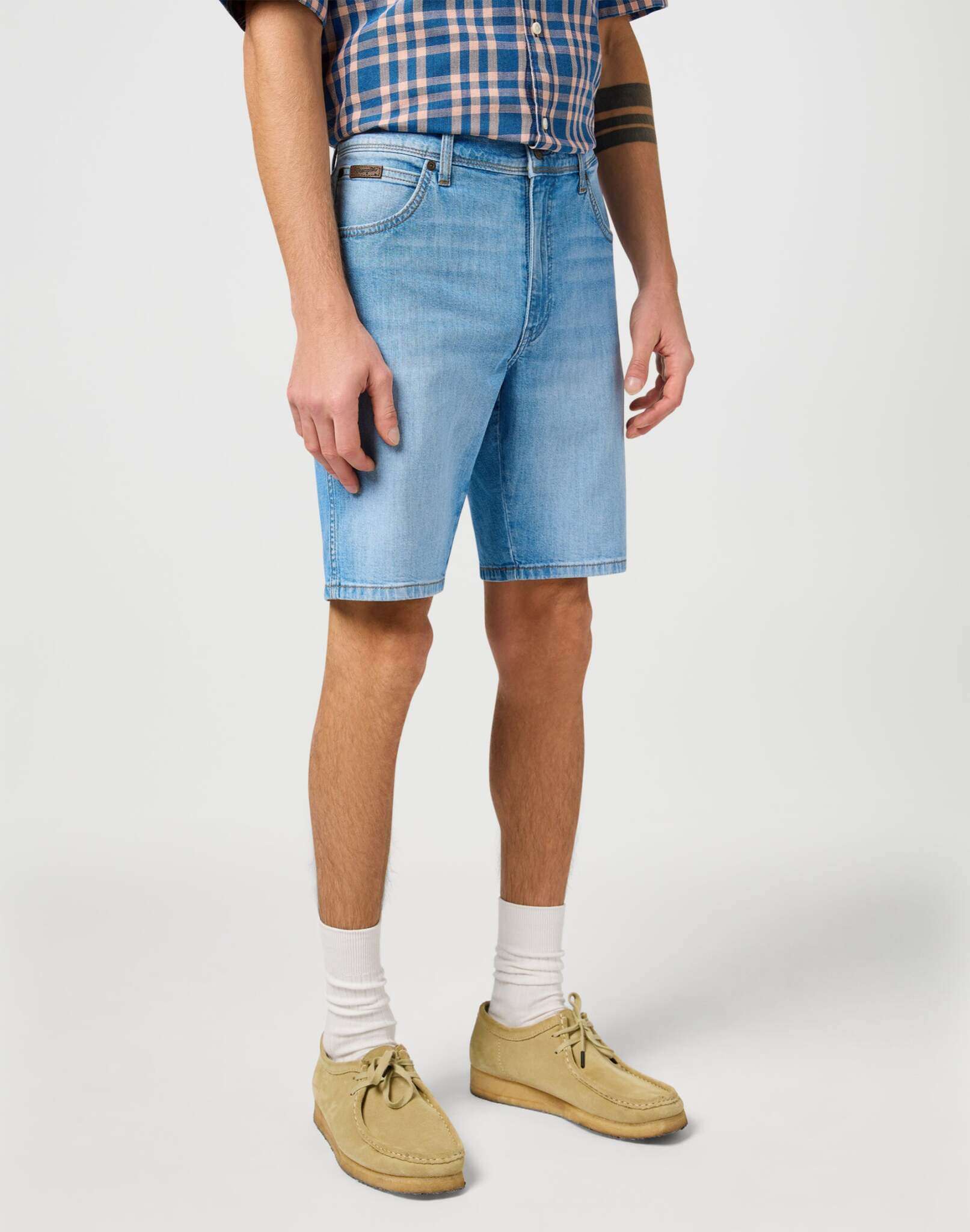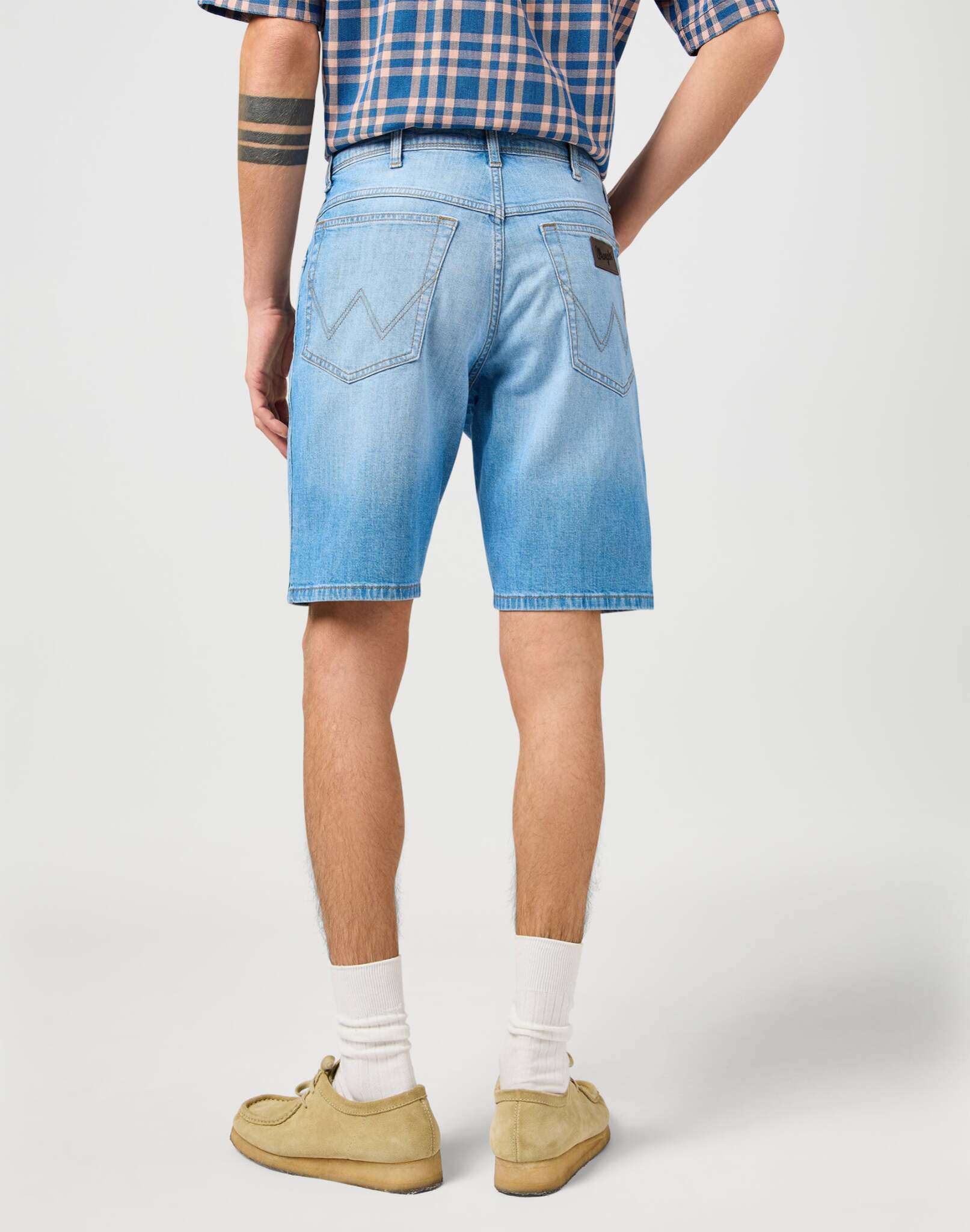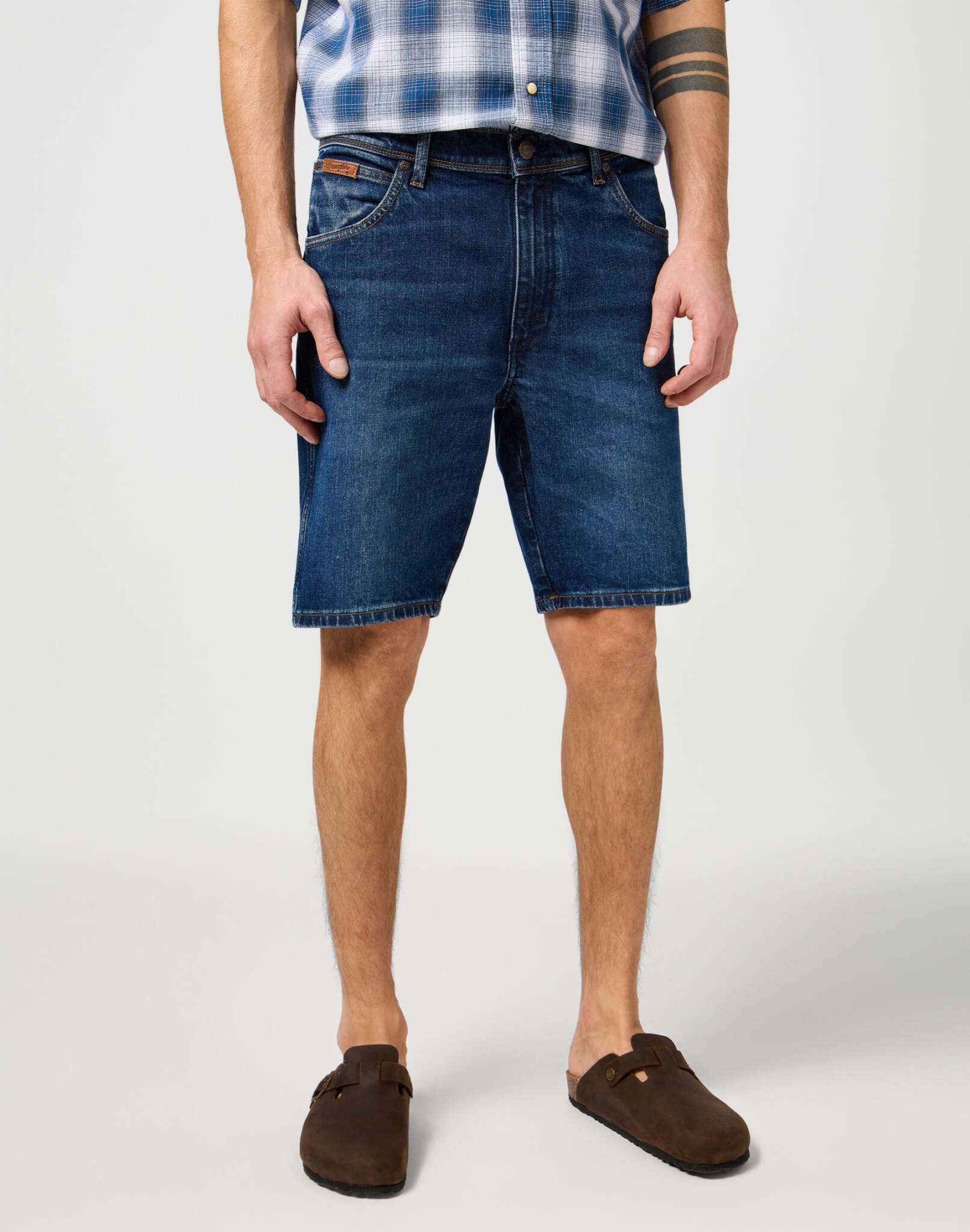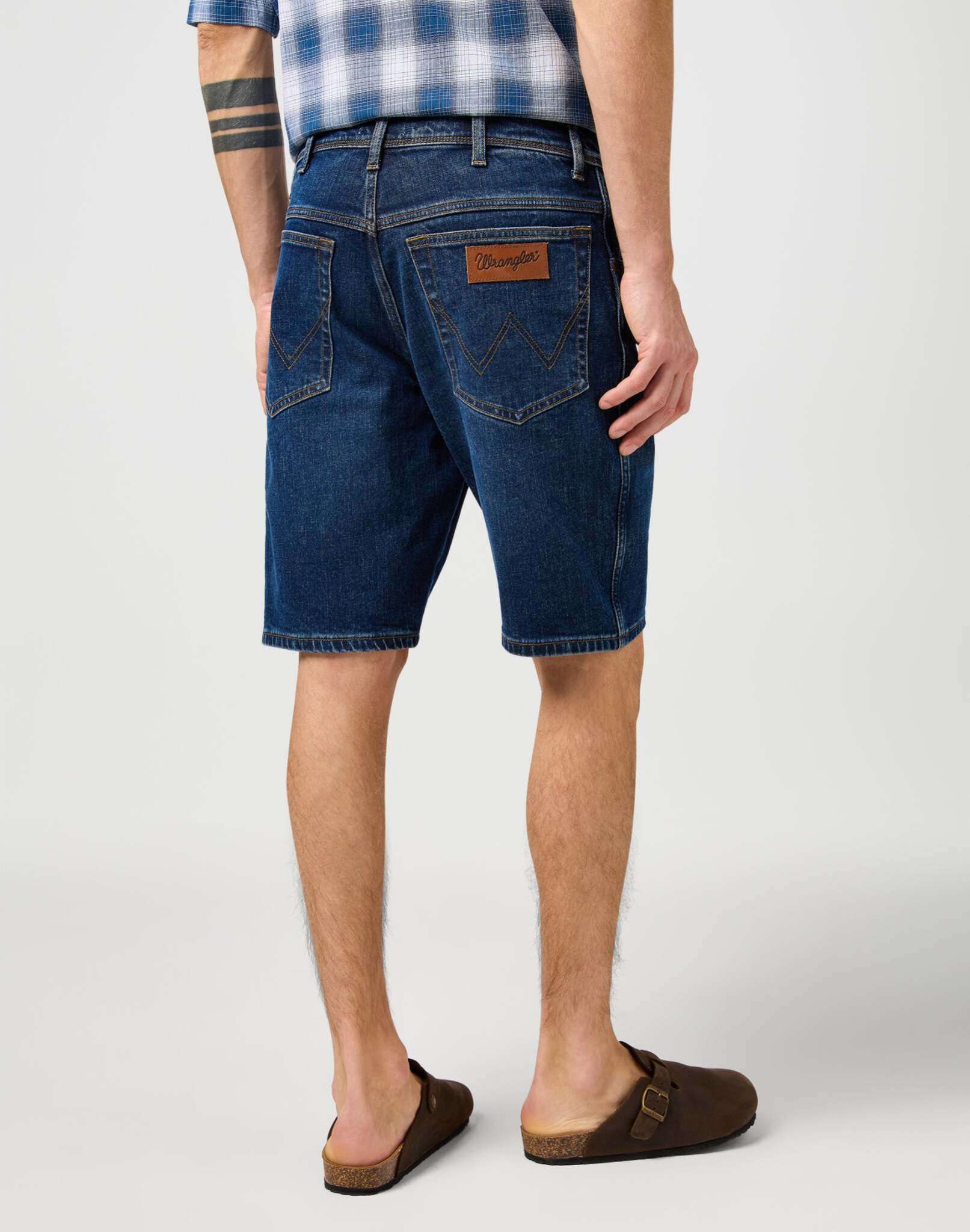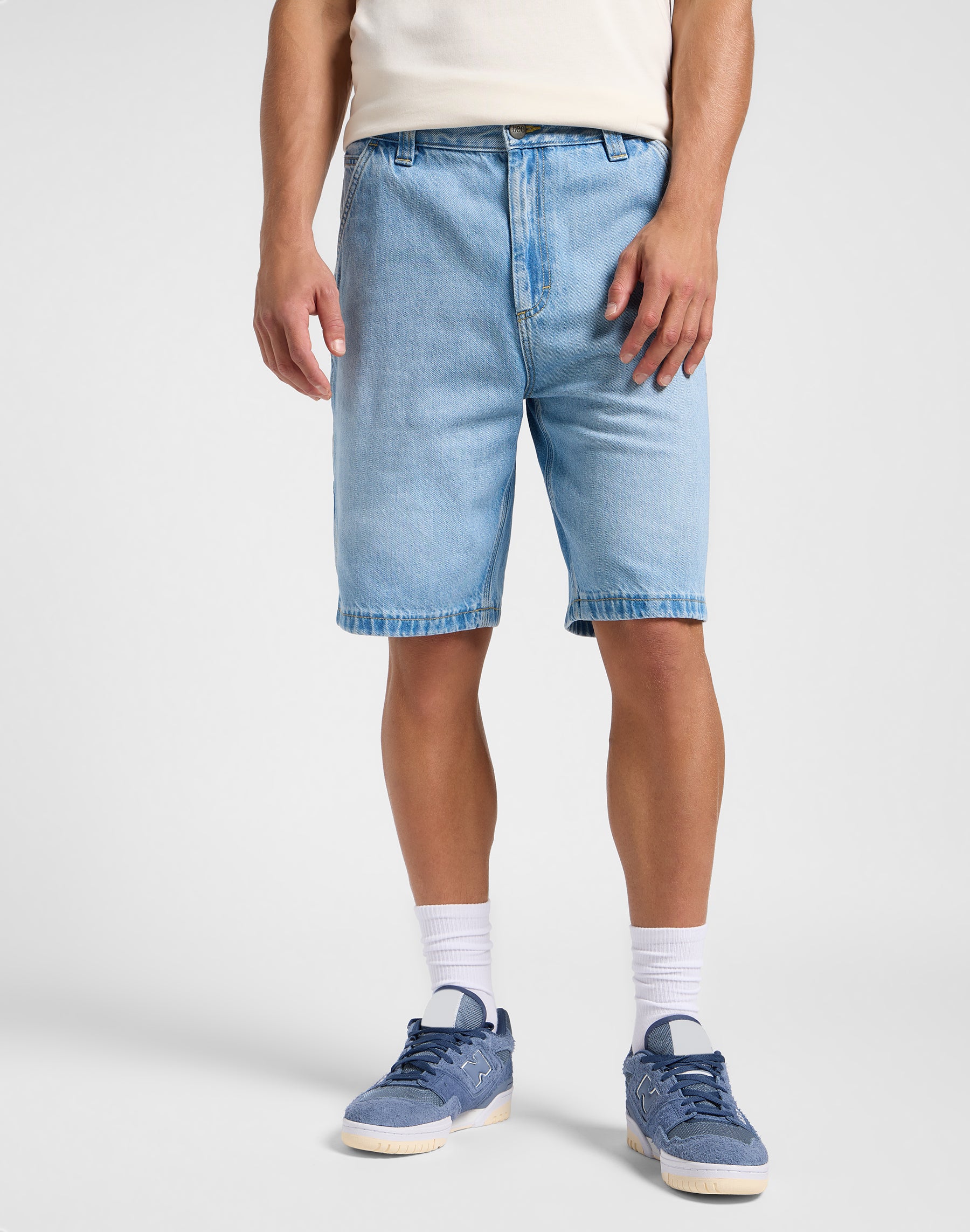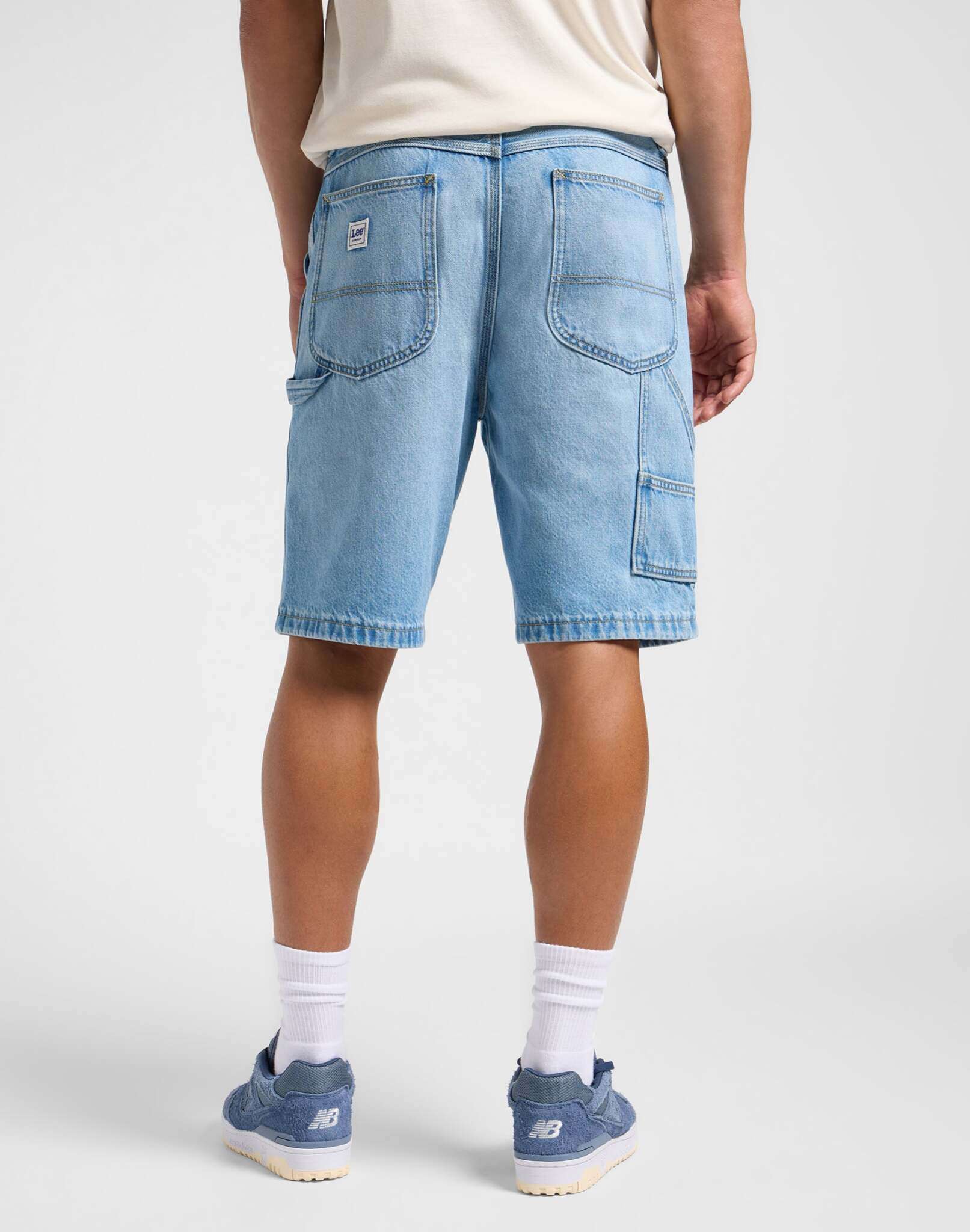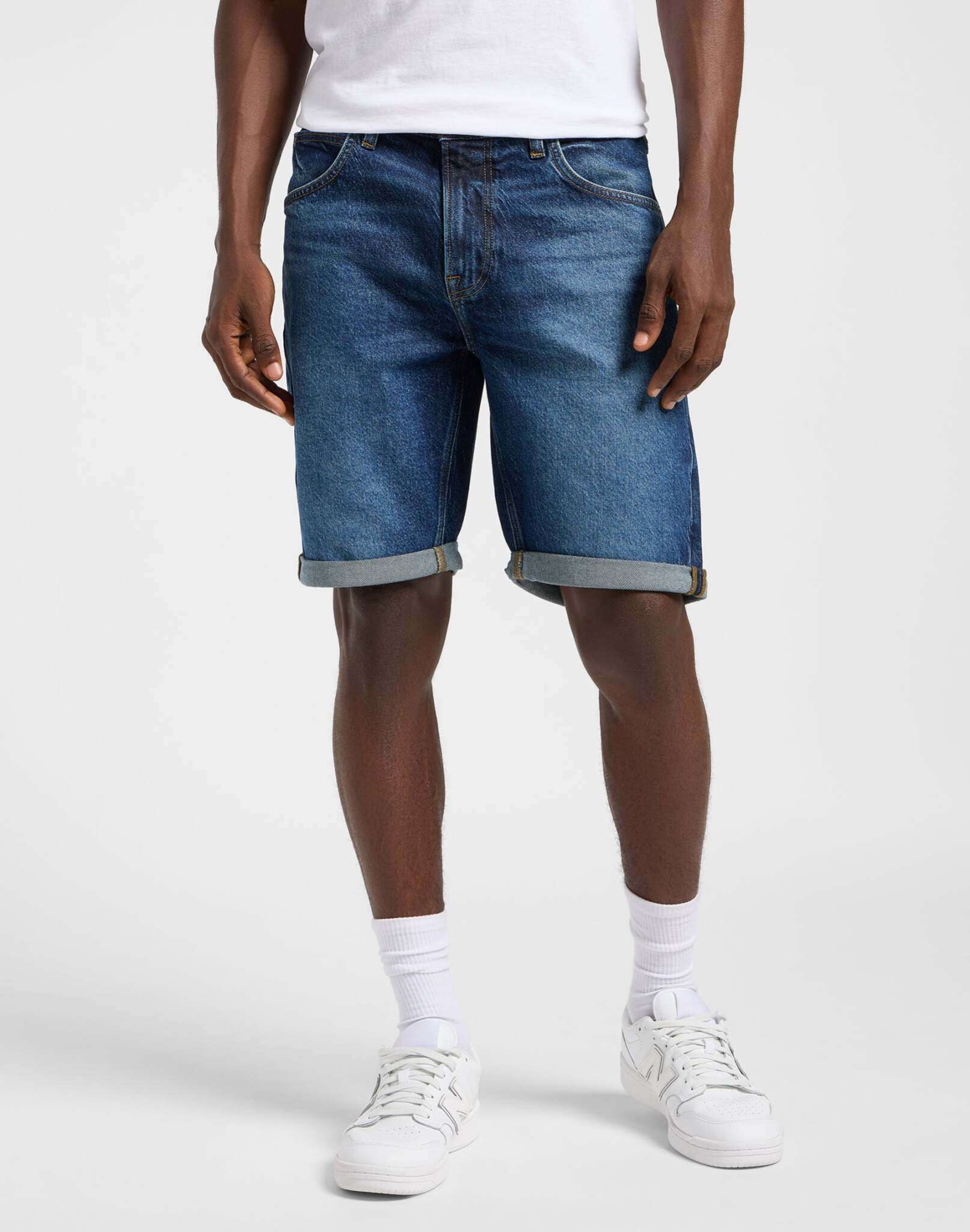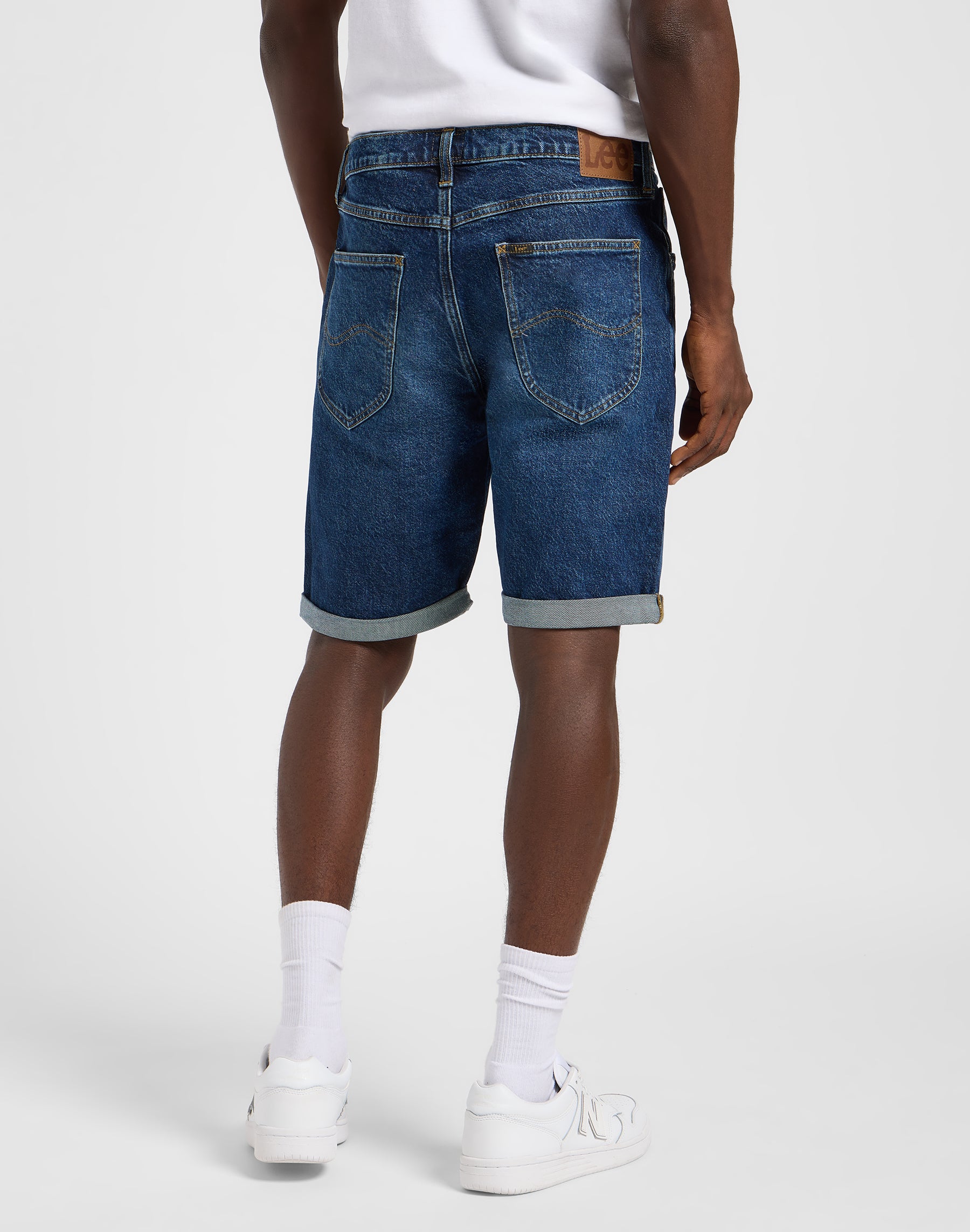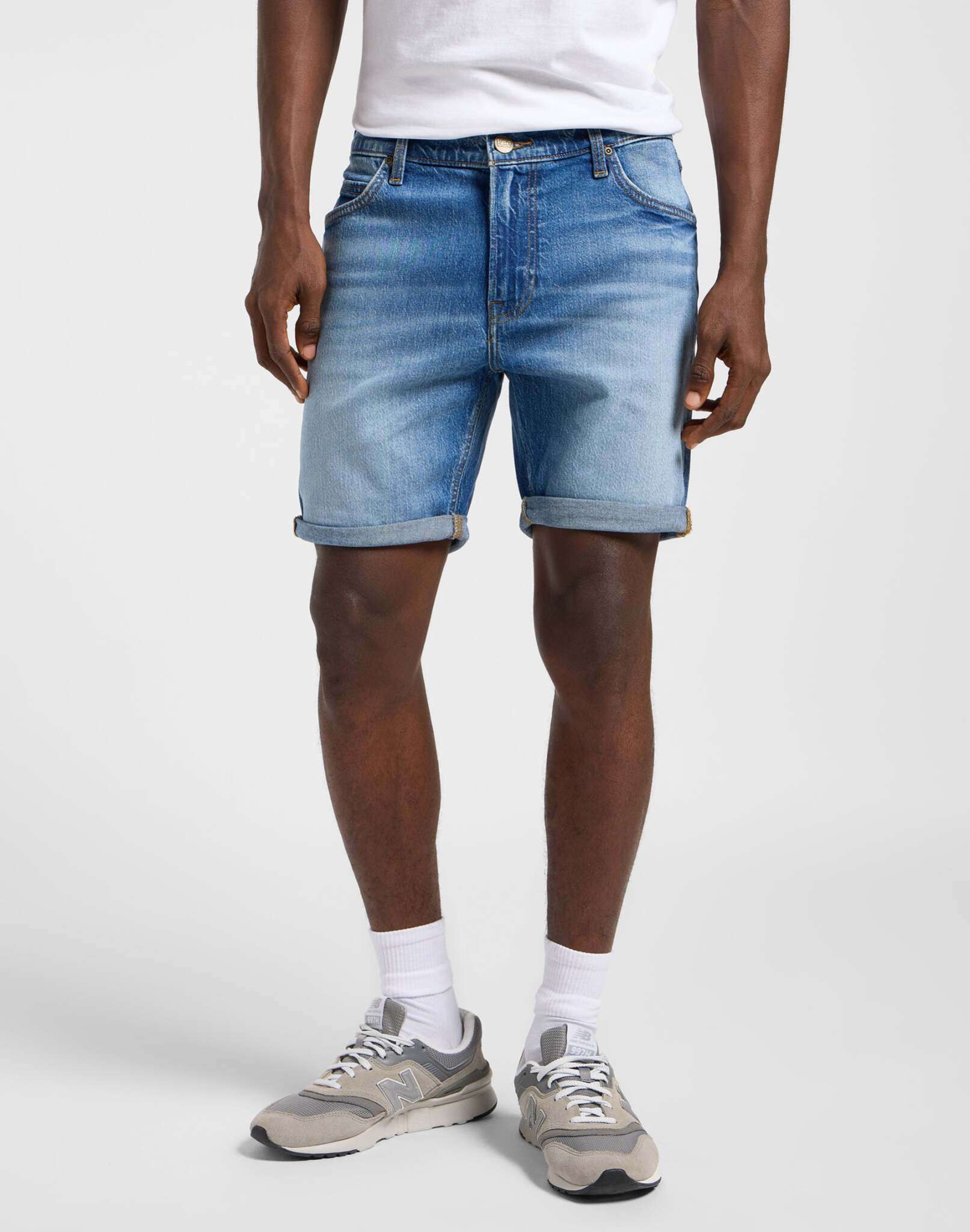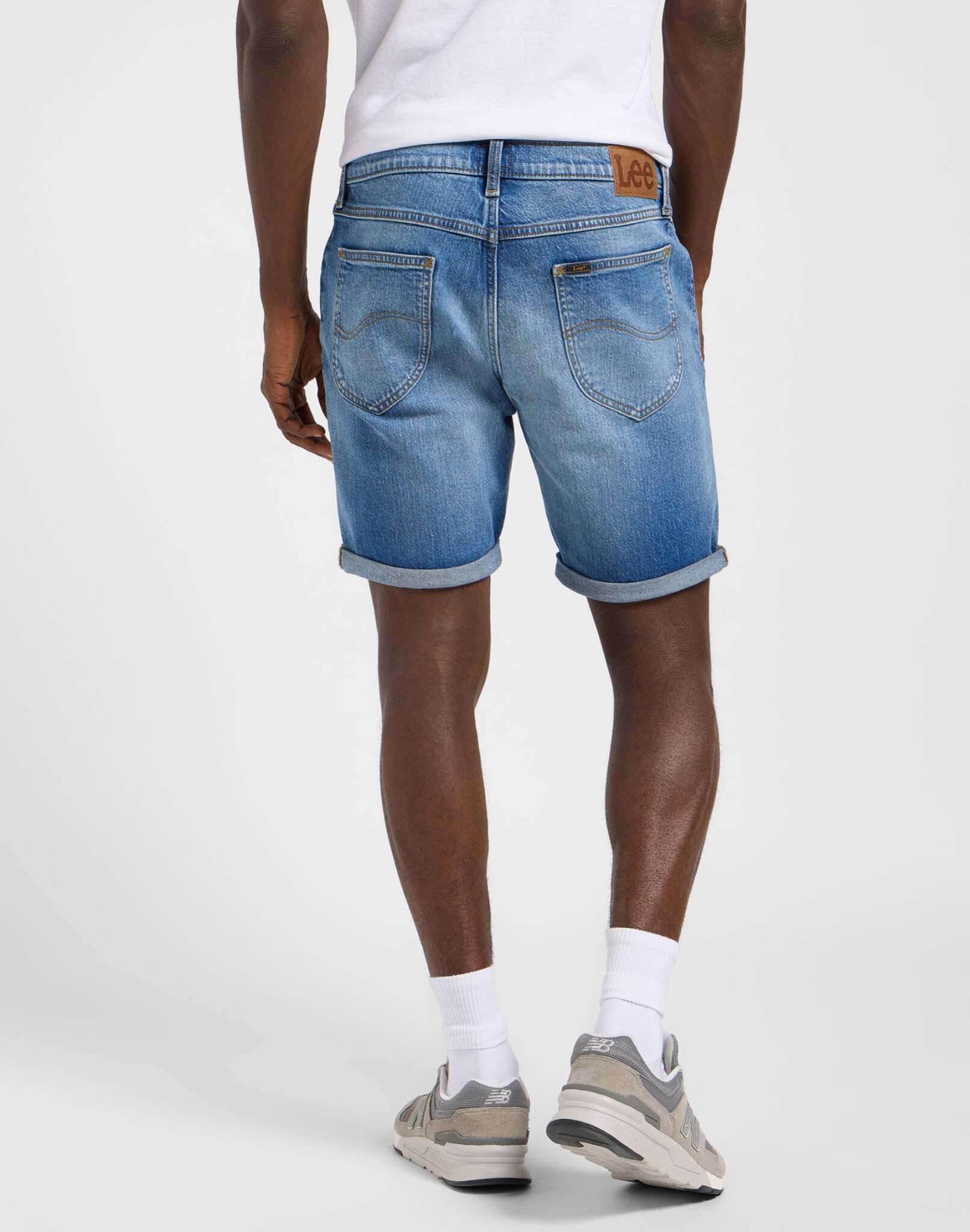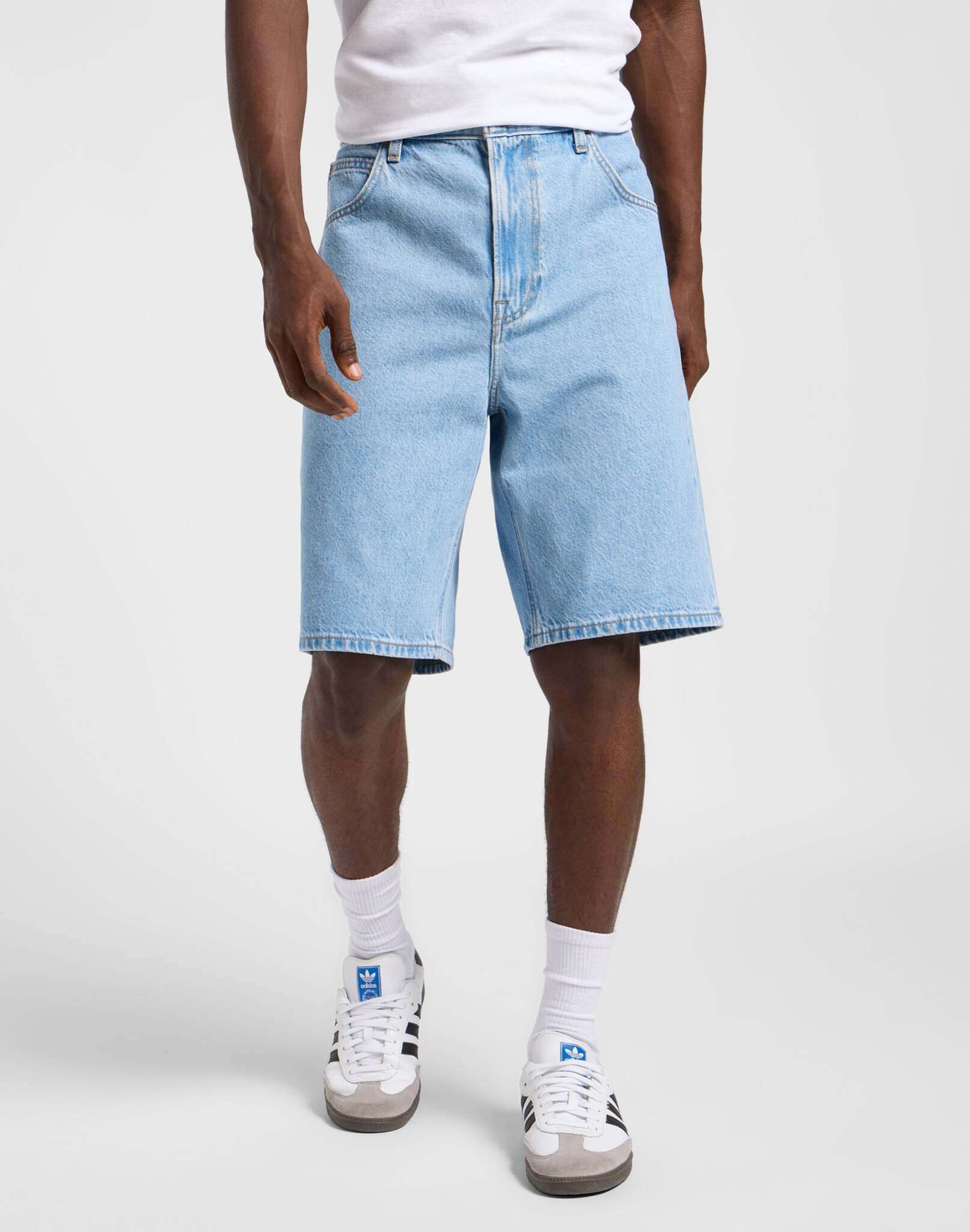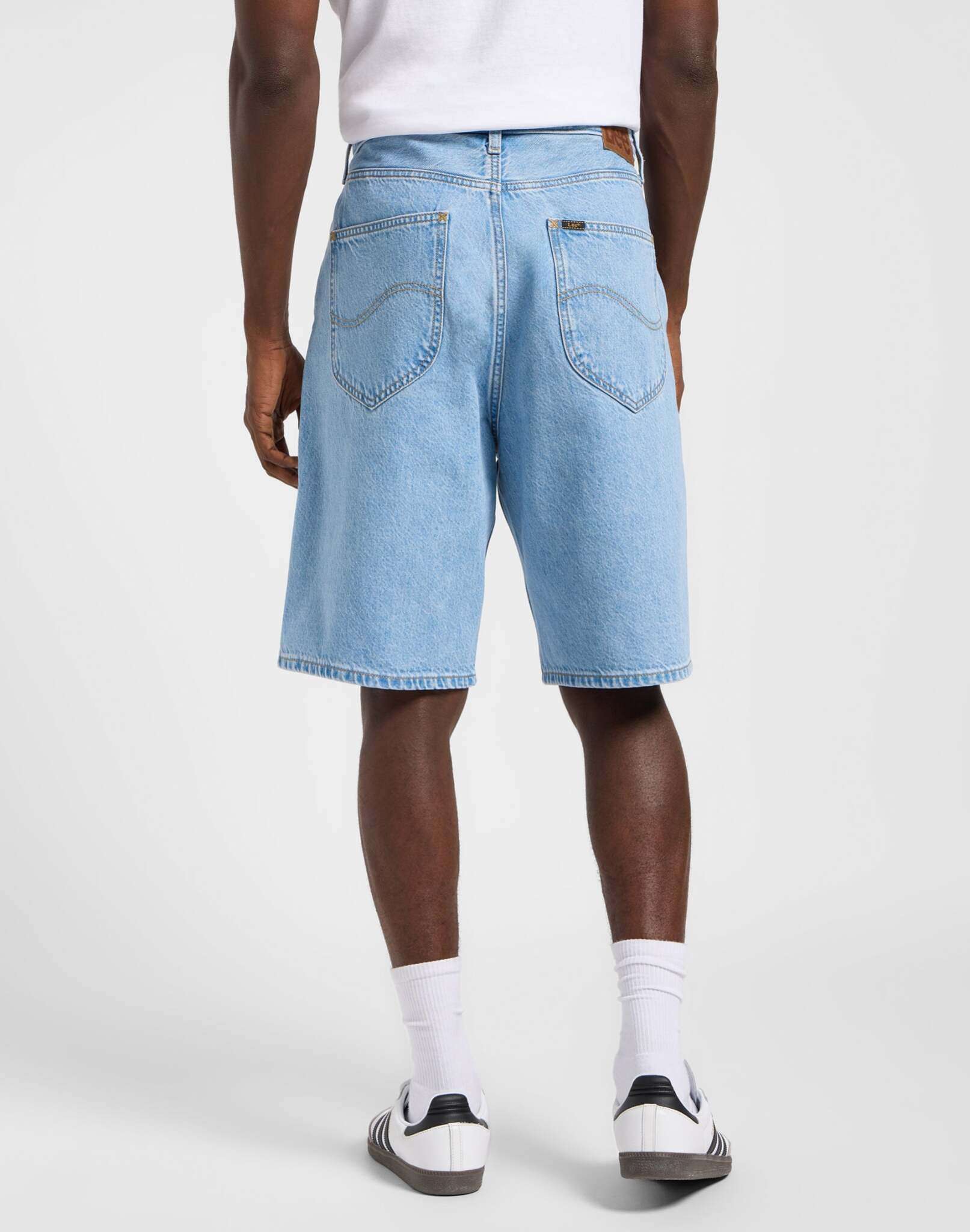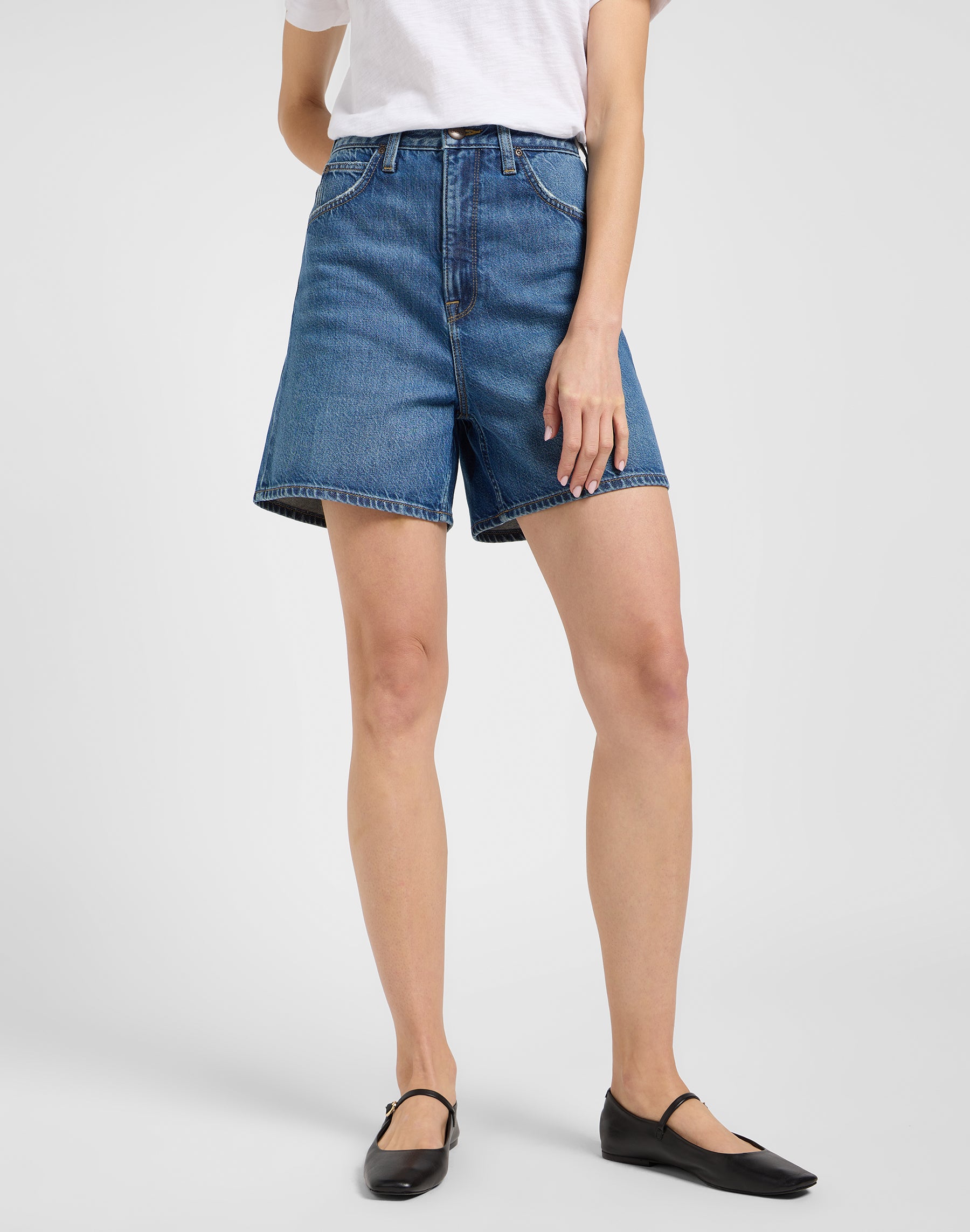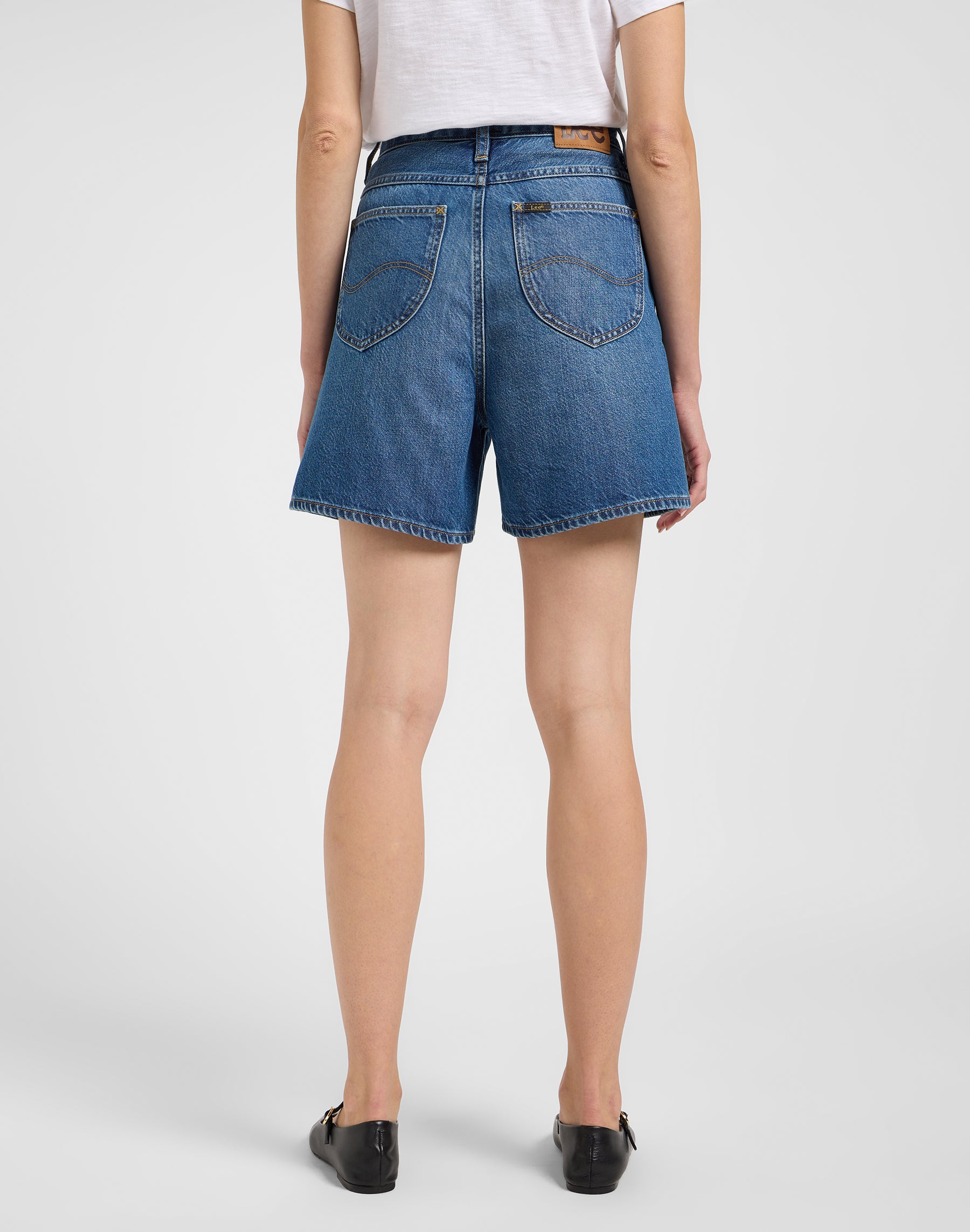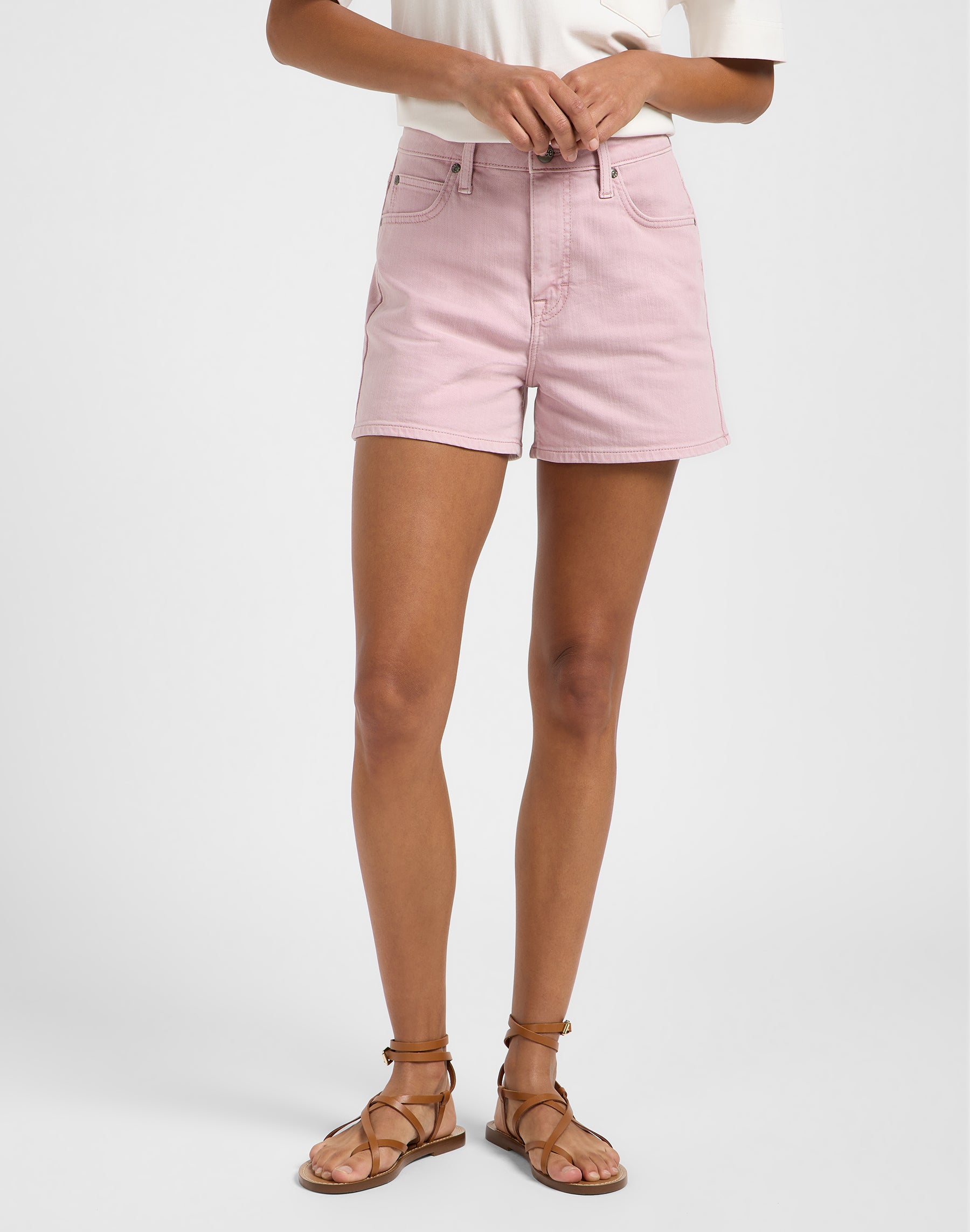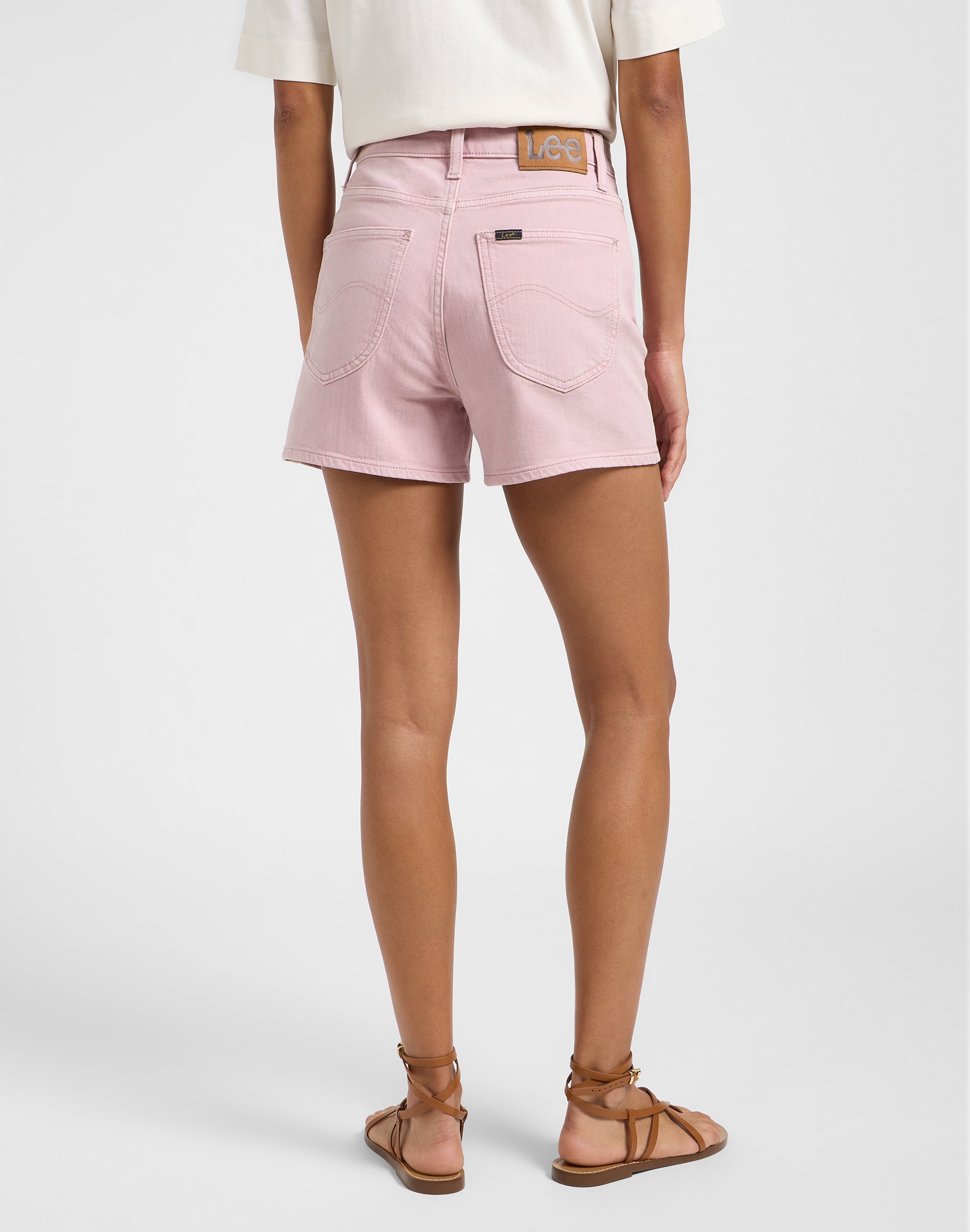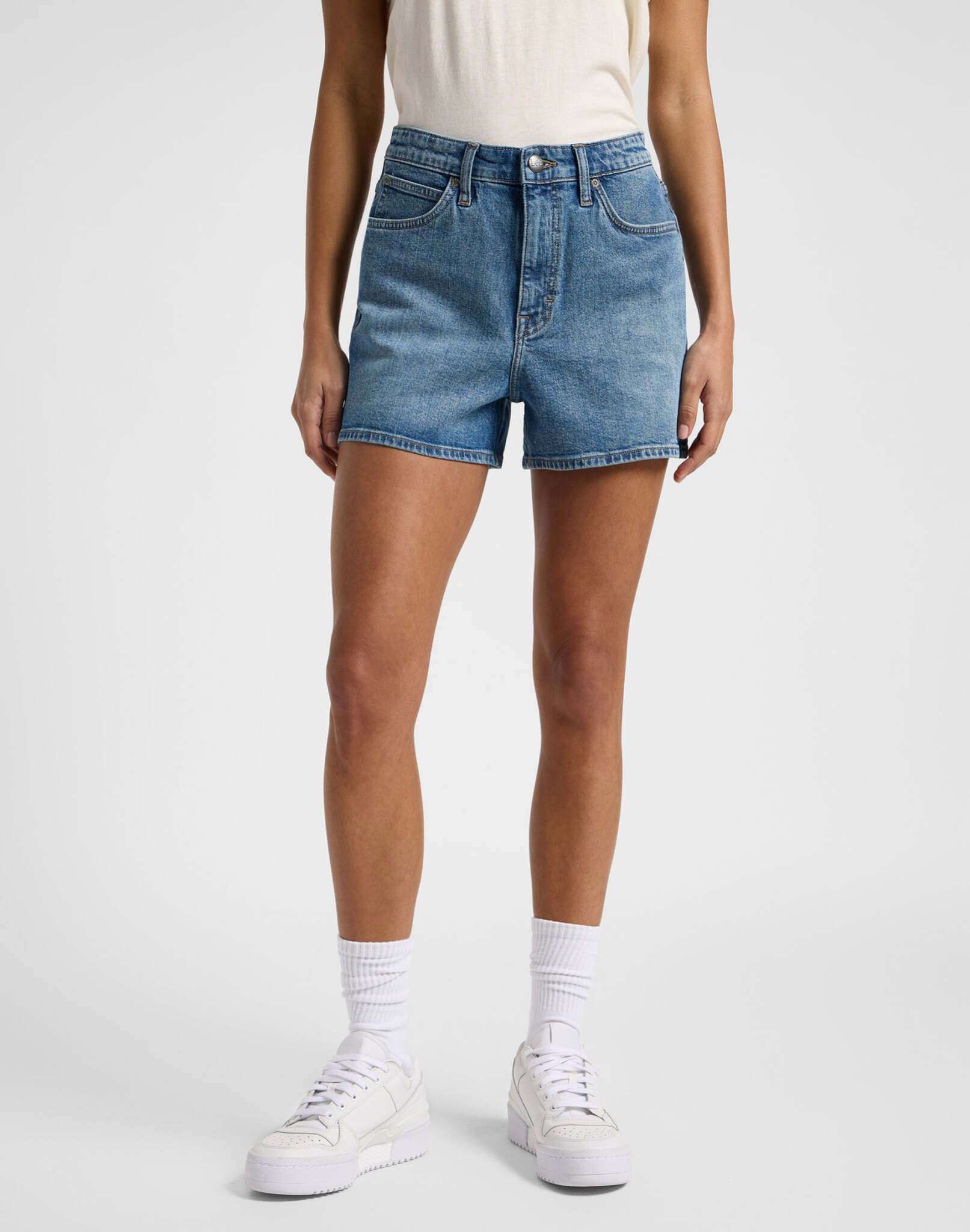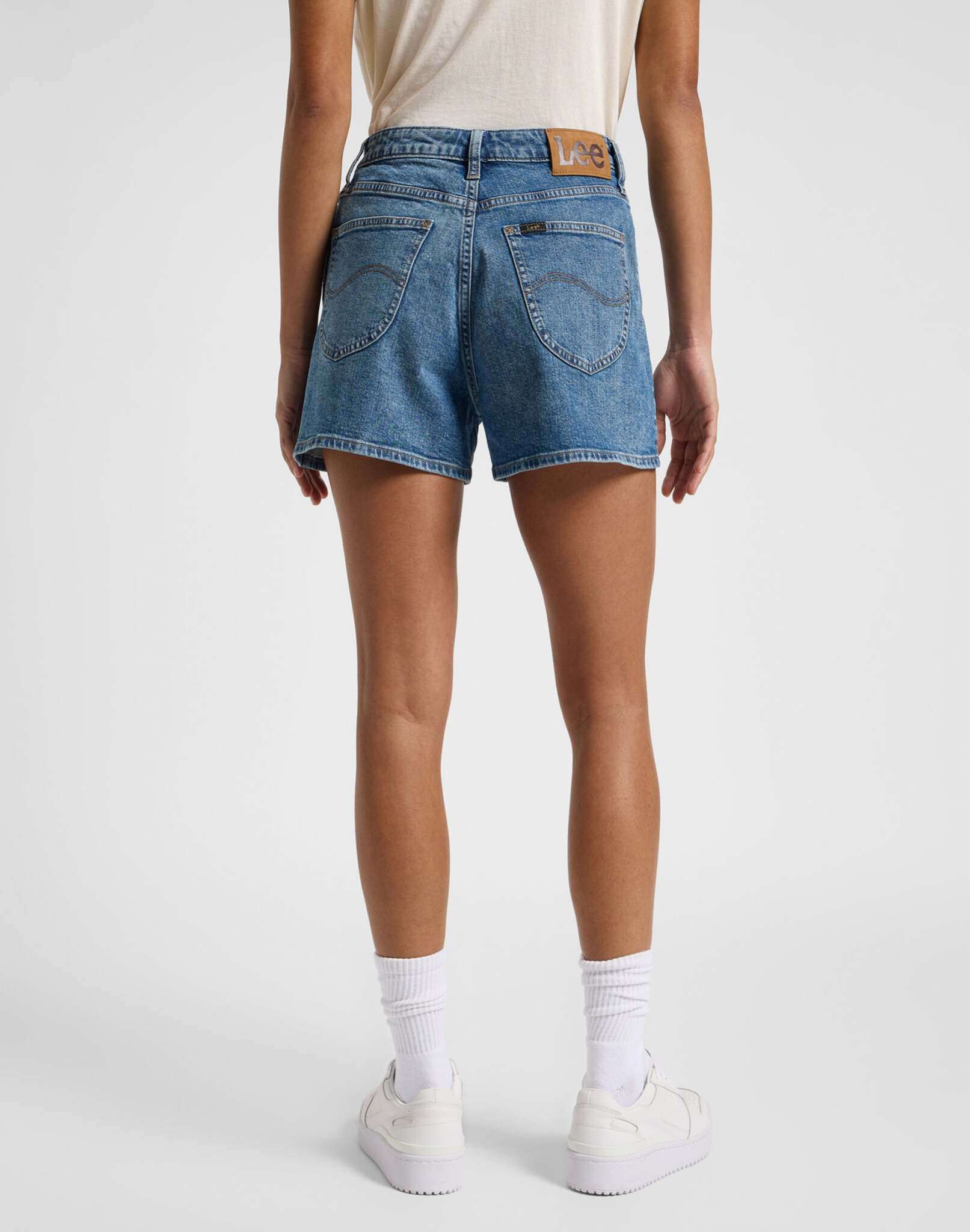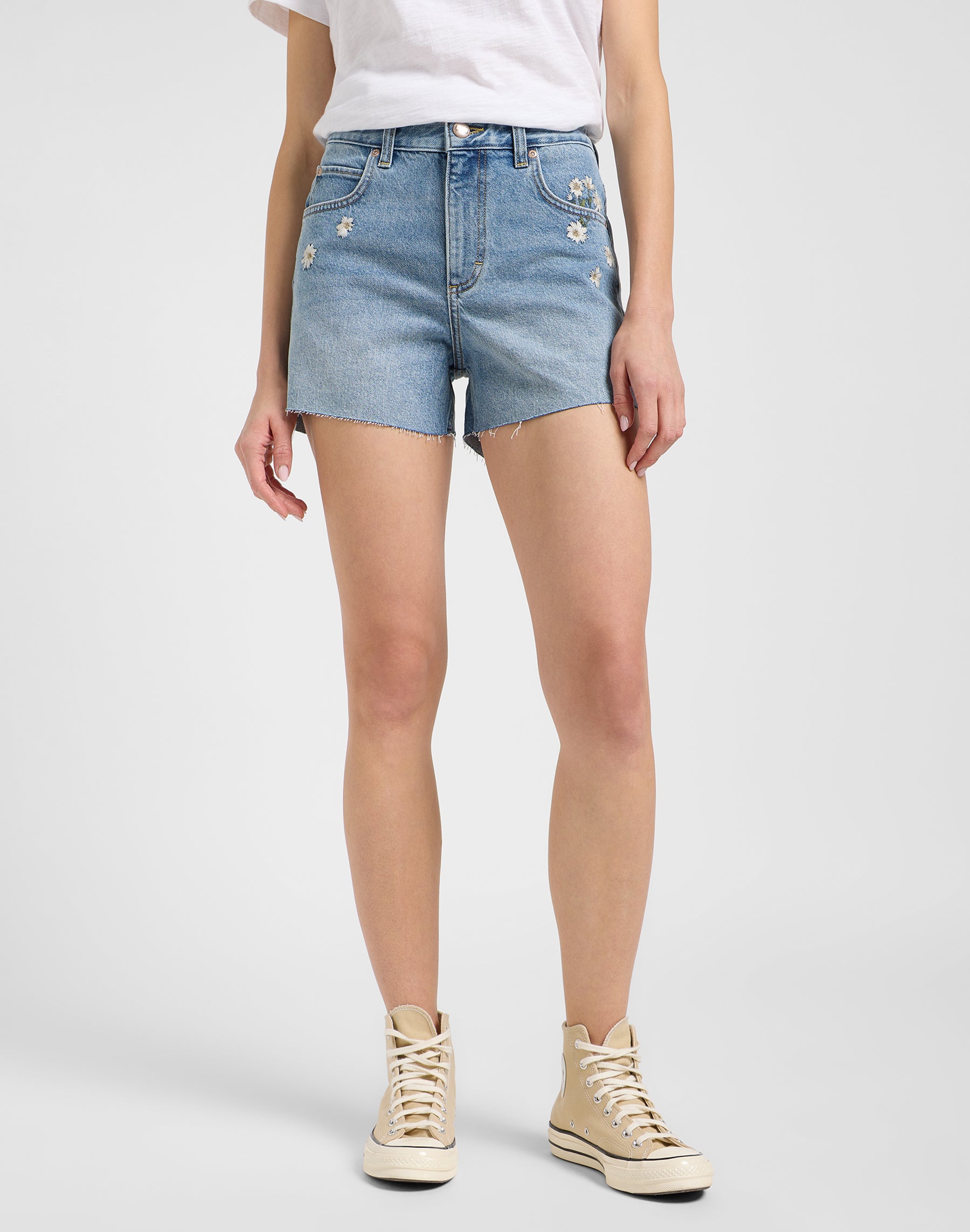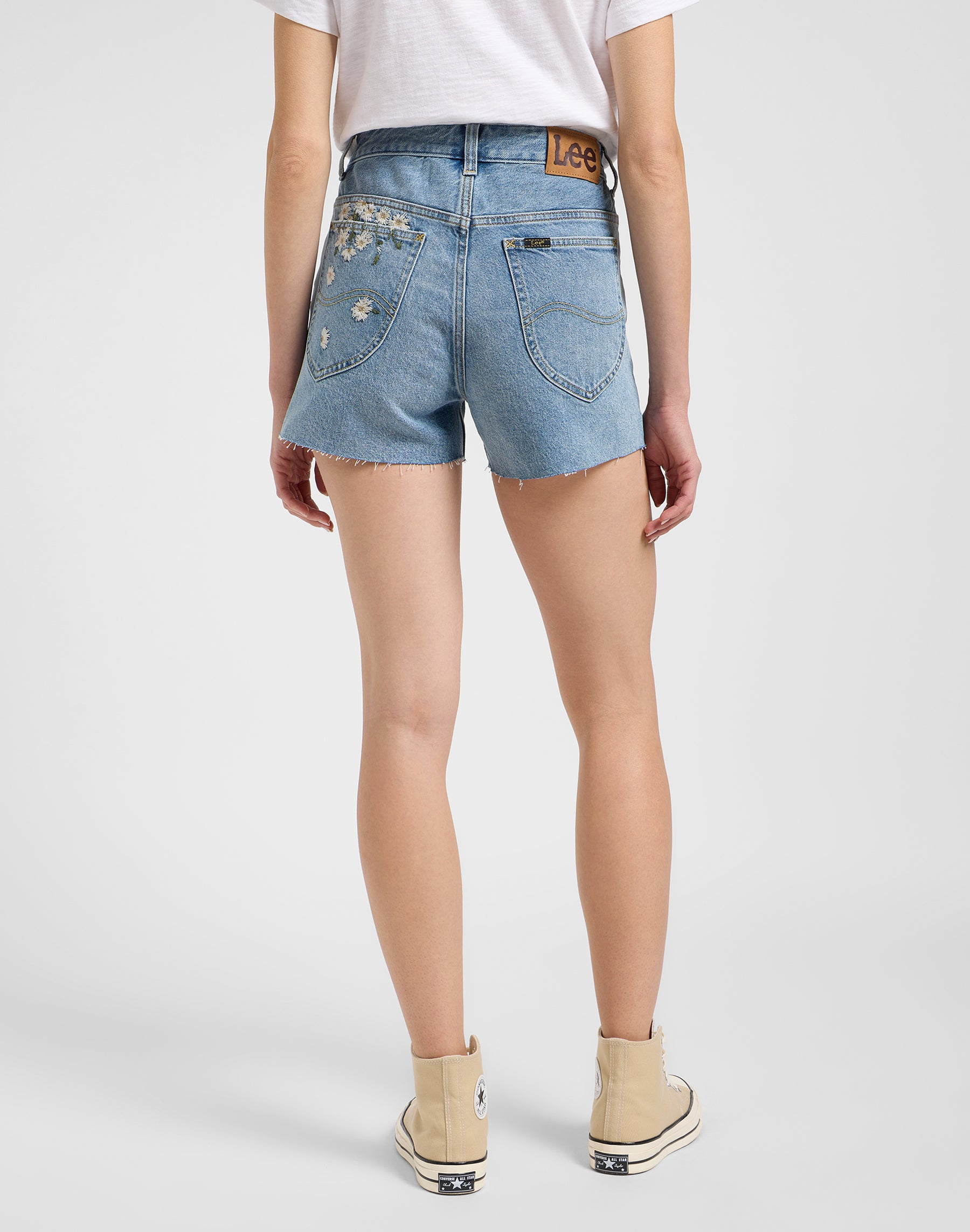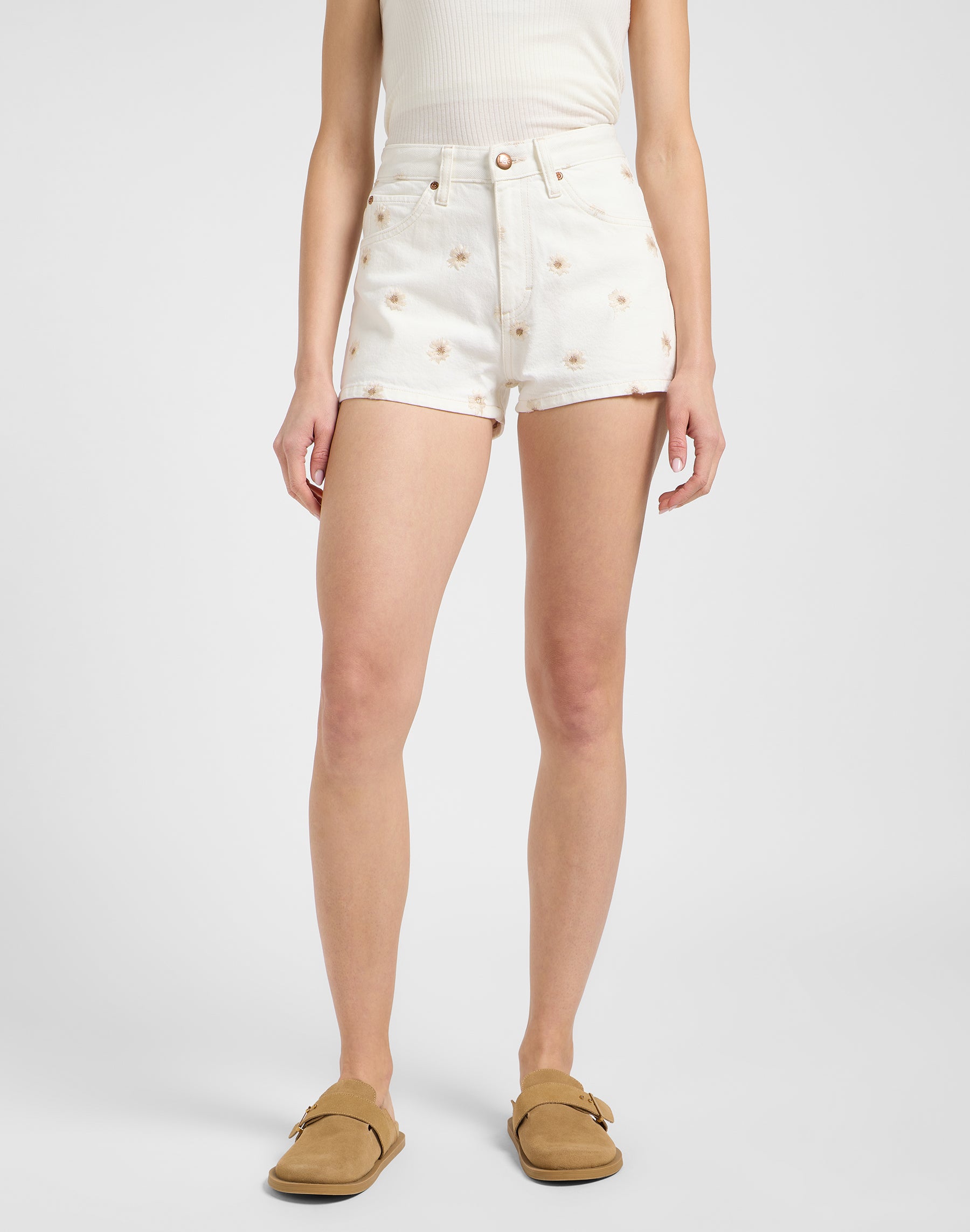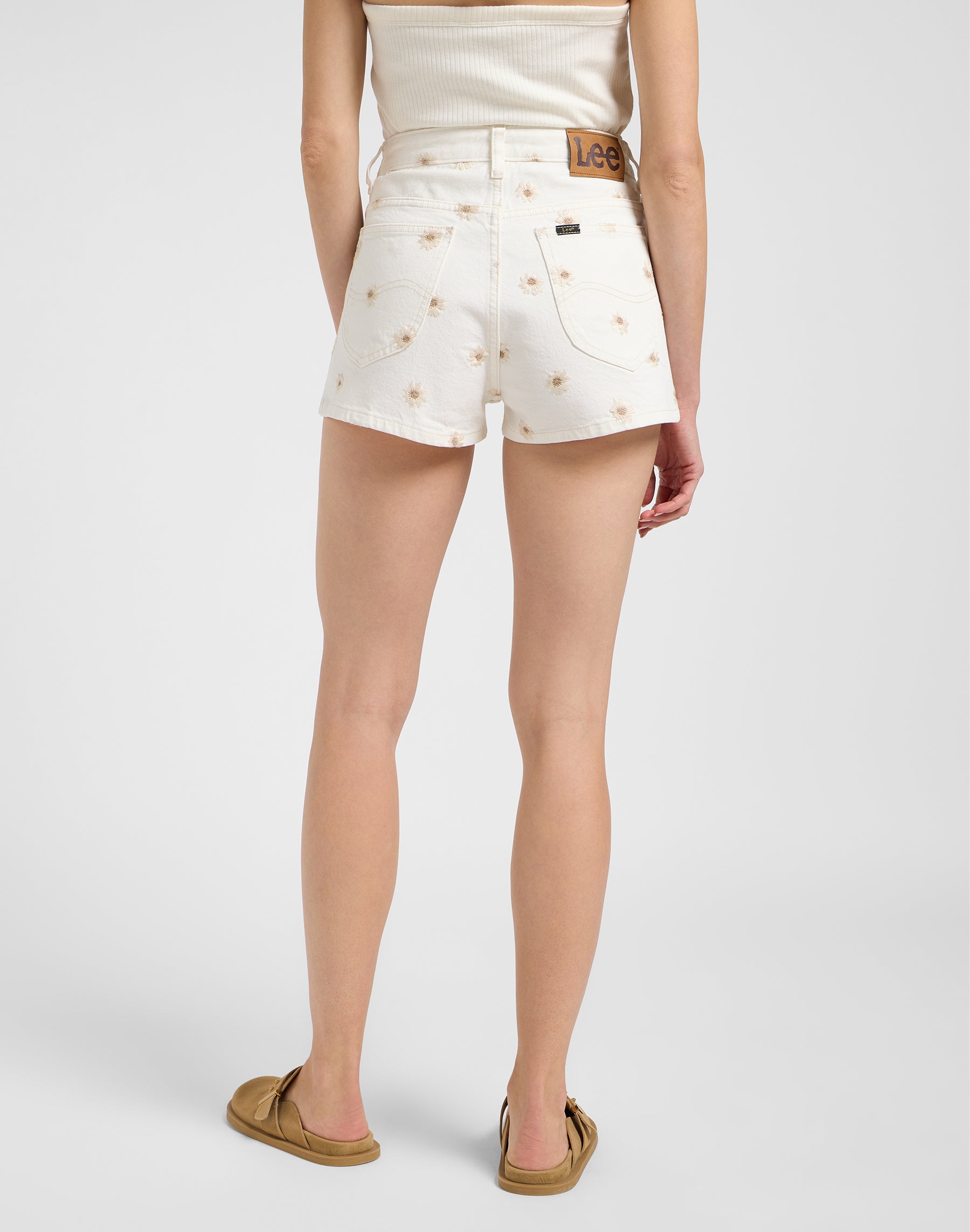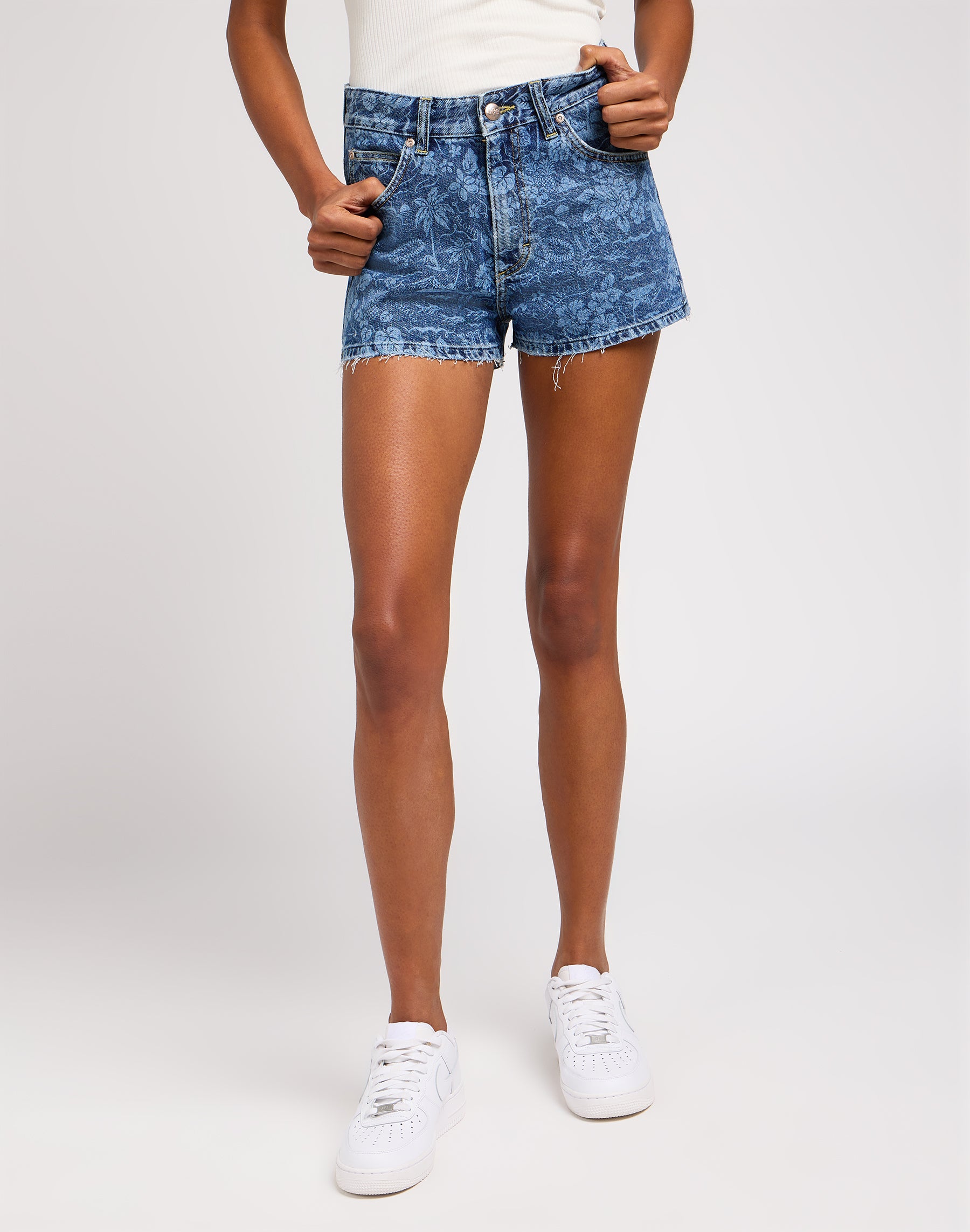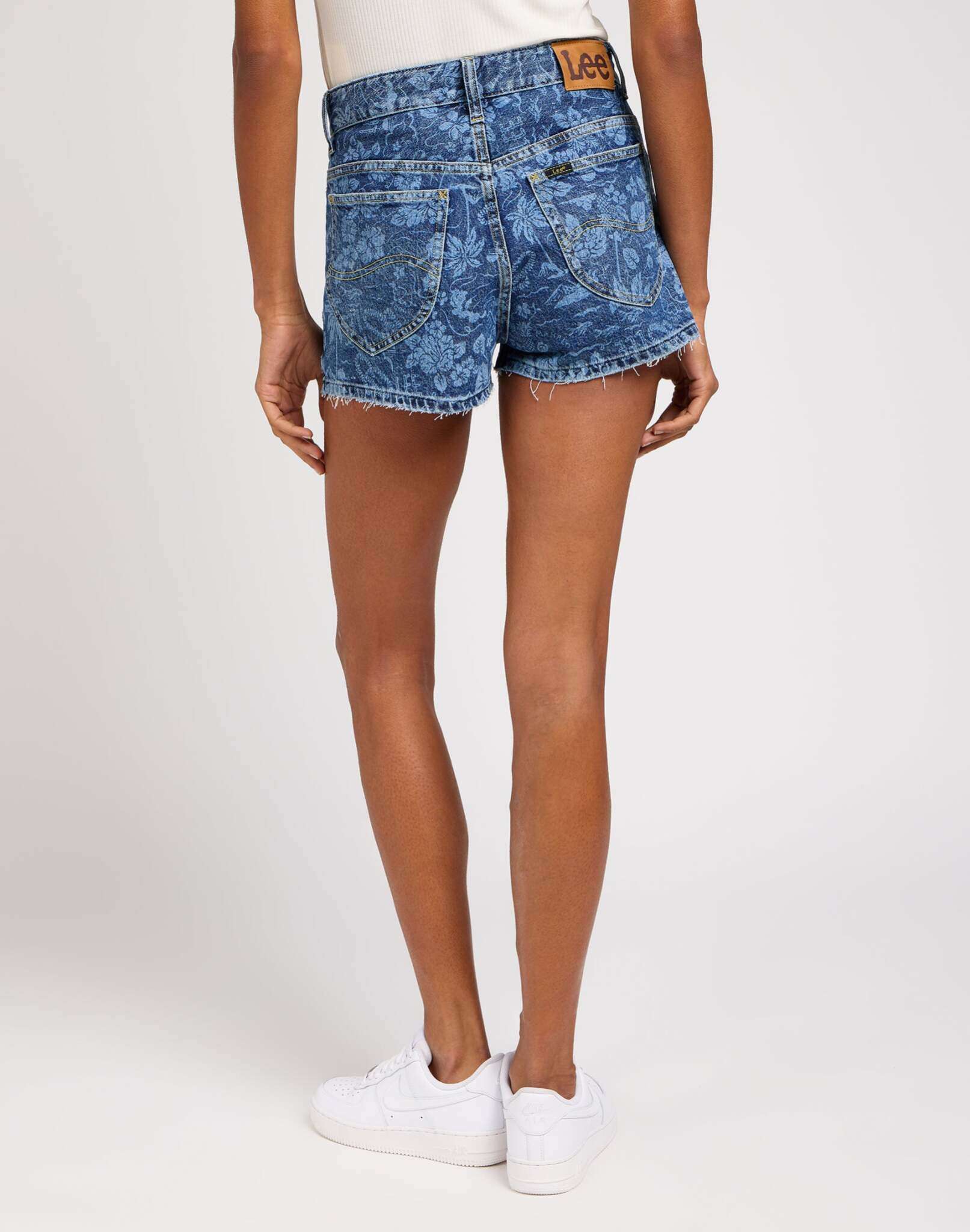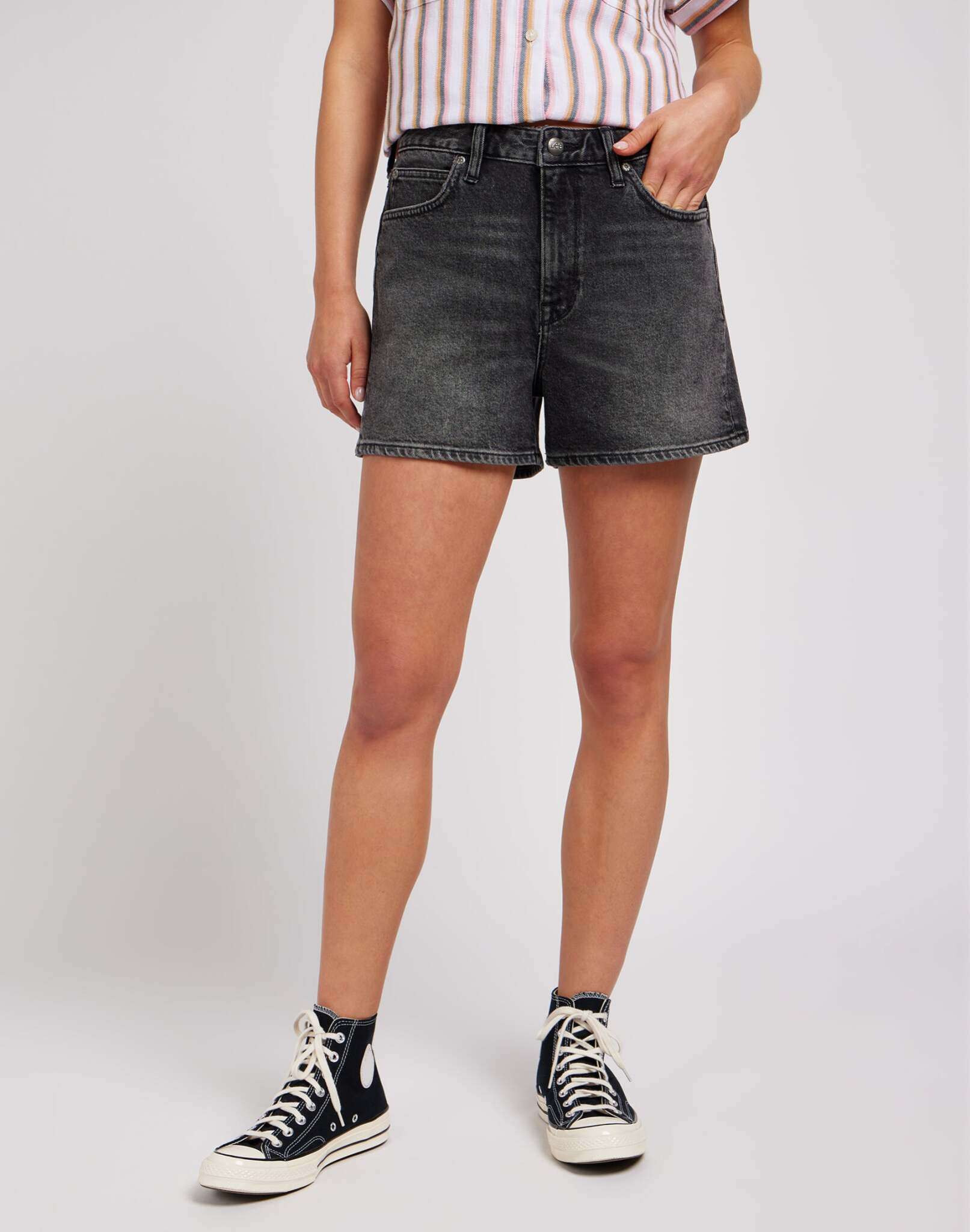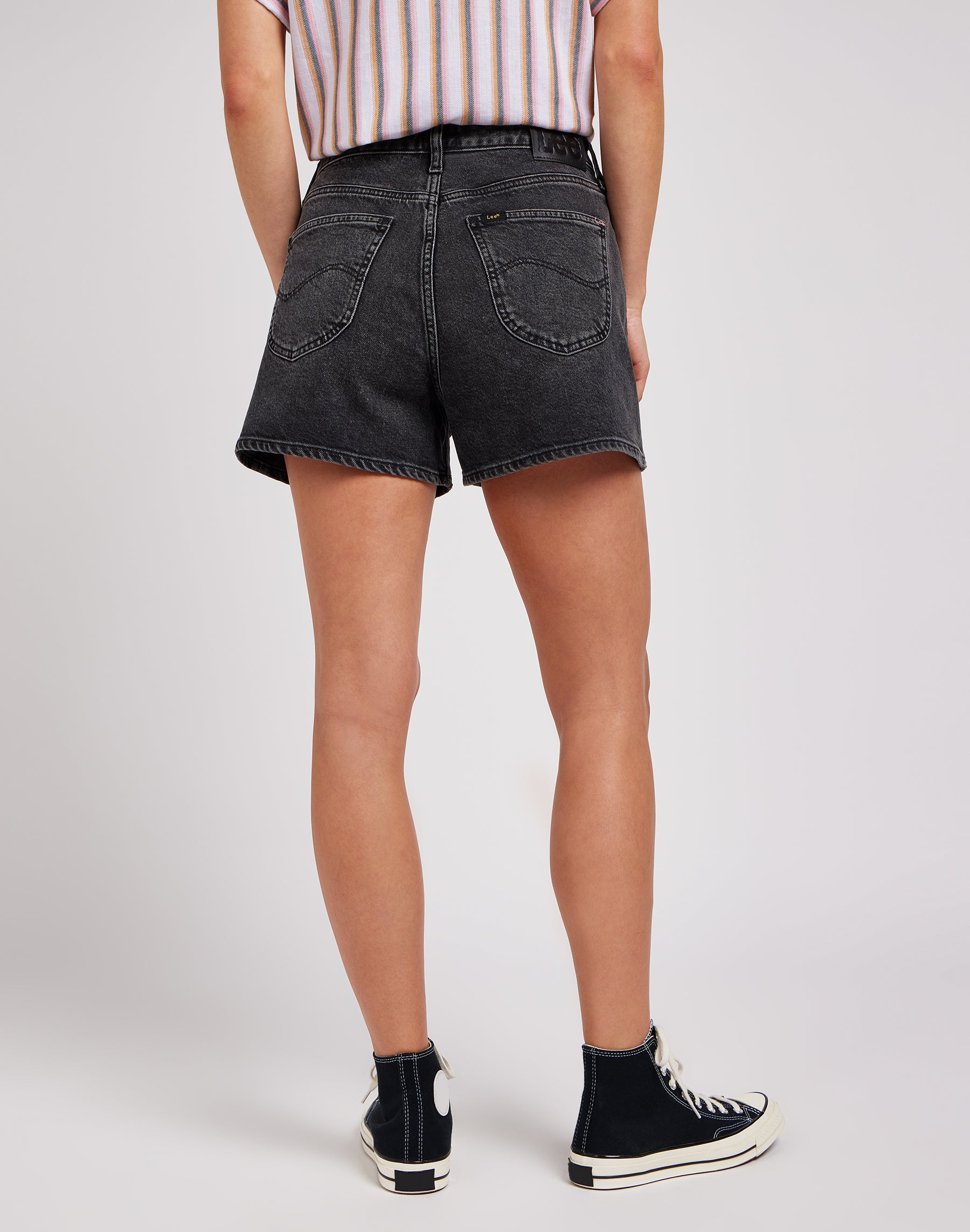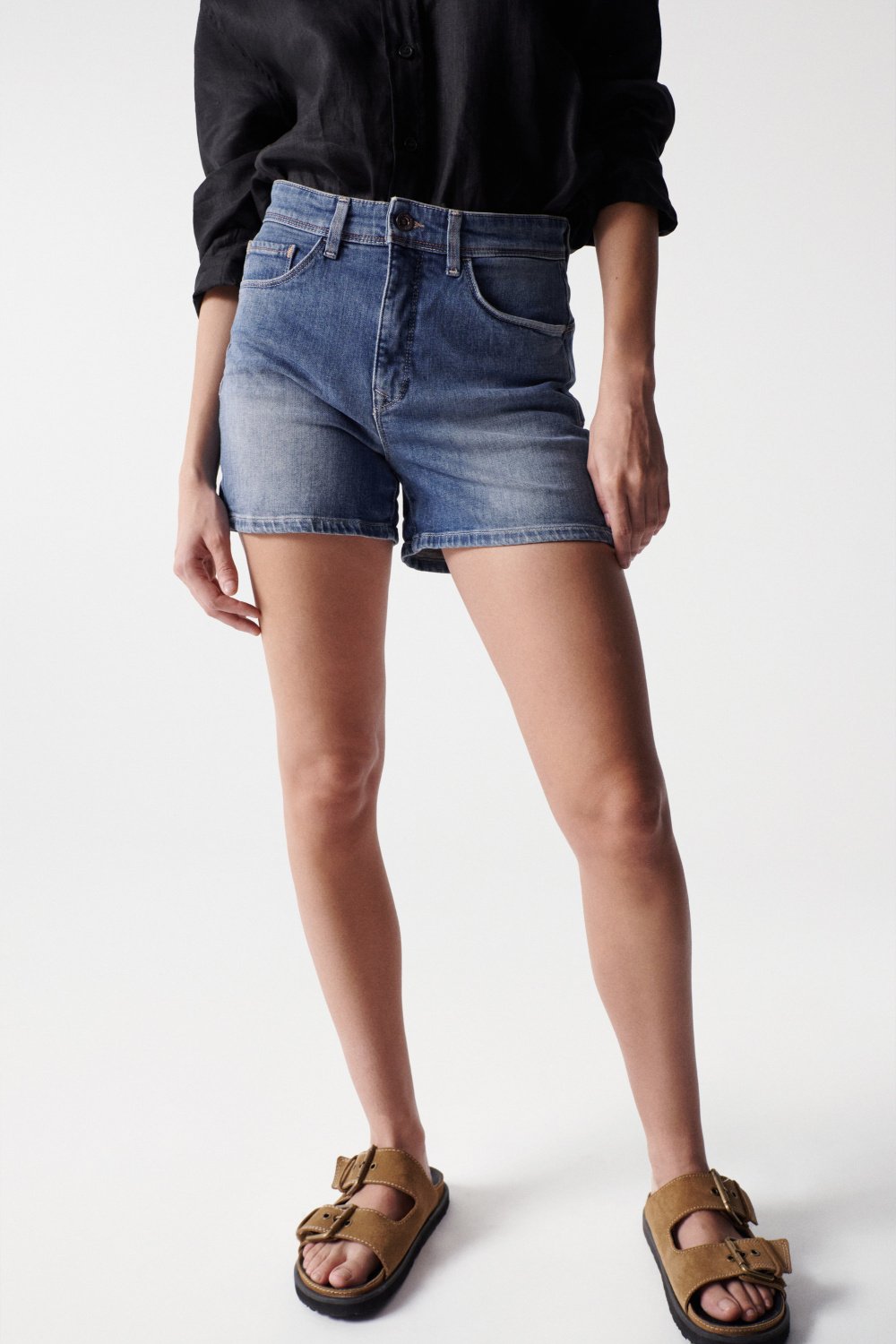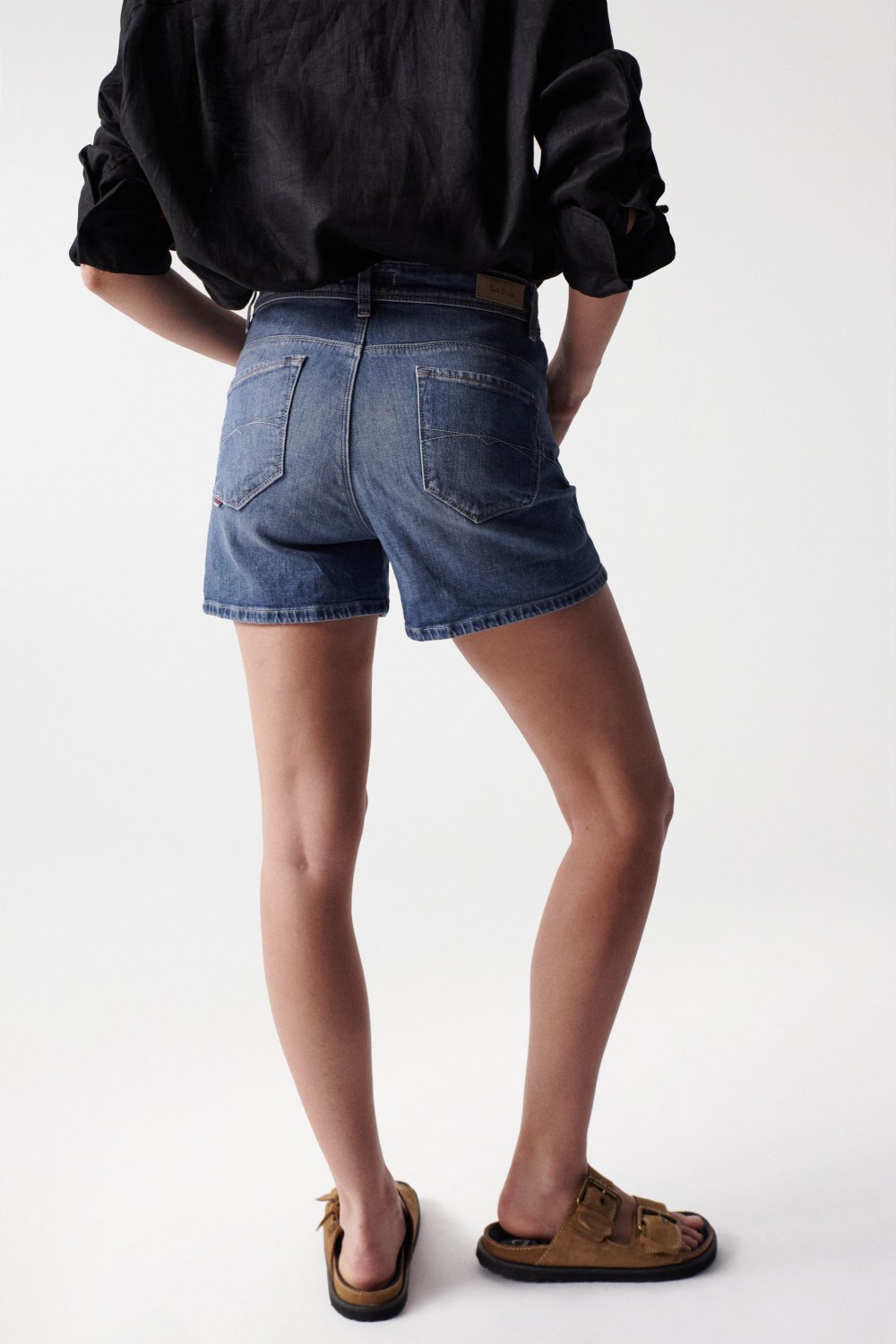Frequently asked questions
What is denim?
What is denim?
Denim is a robust cotton fabric that is produced using a special twill weave in which the weft thread is passed under two or more warp threads. This weave pattern gives denim its characteristic diagonal structure. Traditionally, denim is dyed with indigo, which results in the typical blue shade that is particularly popular with jeans. Today, denim is used in many different ways, from pants and jackets to accessories.
Where does denim get its name from?
Where does denim get its name from?
The name "denim" is derived from the French term "Serge de Nîmes", which means "fabric from Nîmes". The fabric was originally developed in the French city of Nîmes, and over time the name was shortened to "denim".
What is the difference between denim and cotton?
What is the difference between denim and cotton?
Cotton is a natural material made from the fibers of the cotton plant. Denim is a special fabric made from cotton fibers. The difference lies mainly in the processing: denim is woven using a twill weave, which gives the fabric its characteristic diagonal structure, while cotton can also be used as a material for other types of fabric such as jersey or poplin. Denim is therefore a product made from cotton, but not all cotton fabrics are denim.
Denim: jeans, jackets & more - fashion for Women & Men
Denim doesn't always have to mean jeans, as the denim fabric is currently more popular than it has been for a long time. In addition to the classic look of denim trousers, denim is also particularly popular in the form of denim shirts, denim jackets or even denim dresses. In summer temperatures, denim shorts or denim skirts in combination with airy T-shirts are very popular. Whether light, dark, washed out or dyed deep blue - few fabrics are as versatile as denim. Immerse yourself in our varied range!

Authentic Western denim or a modern interpretation
Denim brands on trend
Denim quickly developed from a robust material for workwear to an iconic status in the fashion world. Nowadays, denim is also an integral part of the big runway shows of renowned designers. At BrandsLoft , you will find Lee Denim, an iconic pioneer of pants since 1889, authentic and robust jeans with a Western from Wrangler or modern and trendy denim fashion from Mavi as well as figure-hugging cuts with a perfect fit from Salsa Jeans. As a men's specialist, Gardeur also offers timeless denim pants of the highest quality.
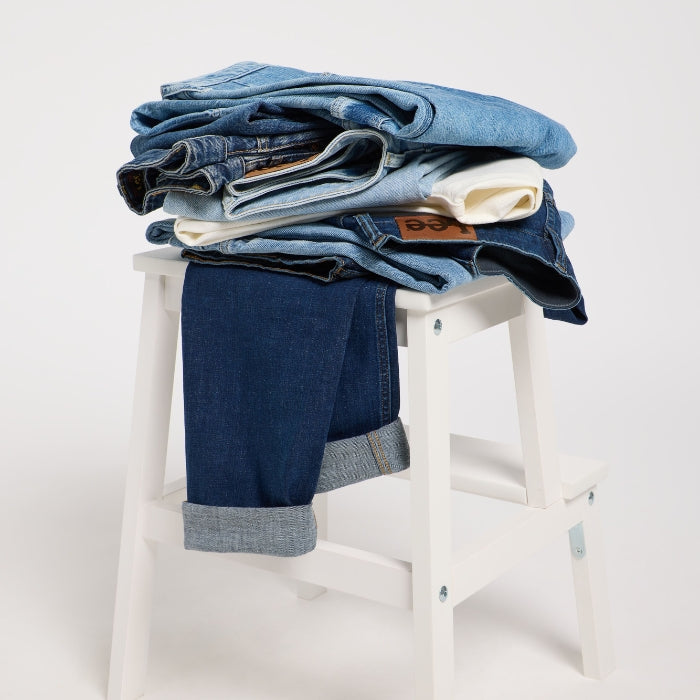
From robust worker's garment to fashion phenomenon
The origin of denim - a fabric with a history
Where does the name "denim" come from? Denim is derived from "Serge de Nîmes". Nîmes is the name of the city in France where the robust cotton fabric with a diagonal weave was first woven in the 17th century. Two centuries later, the fabric found its way to the USA, where it was made famous by Levi Strauss. The robust and hard-wearing properties of denim were perfect for workers' clothing and blue jeans quickly achieved cult status. After the 19th century, denim developed from a fabric for workers, farmers and cowboys into a global fashion phenomenon. Alongside Levi's, the following brands established themselves Lee in 1889 and Wrangler in 1947 established themselves as manufacturers of robust denim clothing. Later, denim gained increasing fame through Hollywood films and became a symbol of rebellion and youth culture. The hippie movement in the 1960s and 1970s began to embroider flare jeans and make them more fashionable, until the first designer jeans were created a few years later. In the 1990s, baggy jeans became an integral part of the hip-hop scene and denim is now available in a wide variety of shapes and colors. Denim has reinvented itself again and again over the centuries and is now an indispensable part of the fashion world. Hardly any other fabric manages to reflect so many cultures, subcultures and styles. Whether as classic jeans, a jacket or a dress - denim remains timeless forever.




